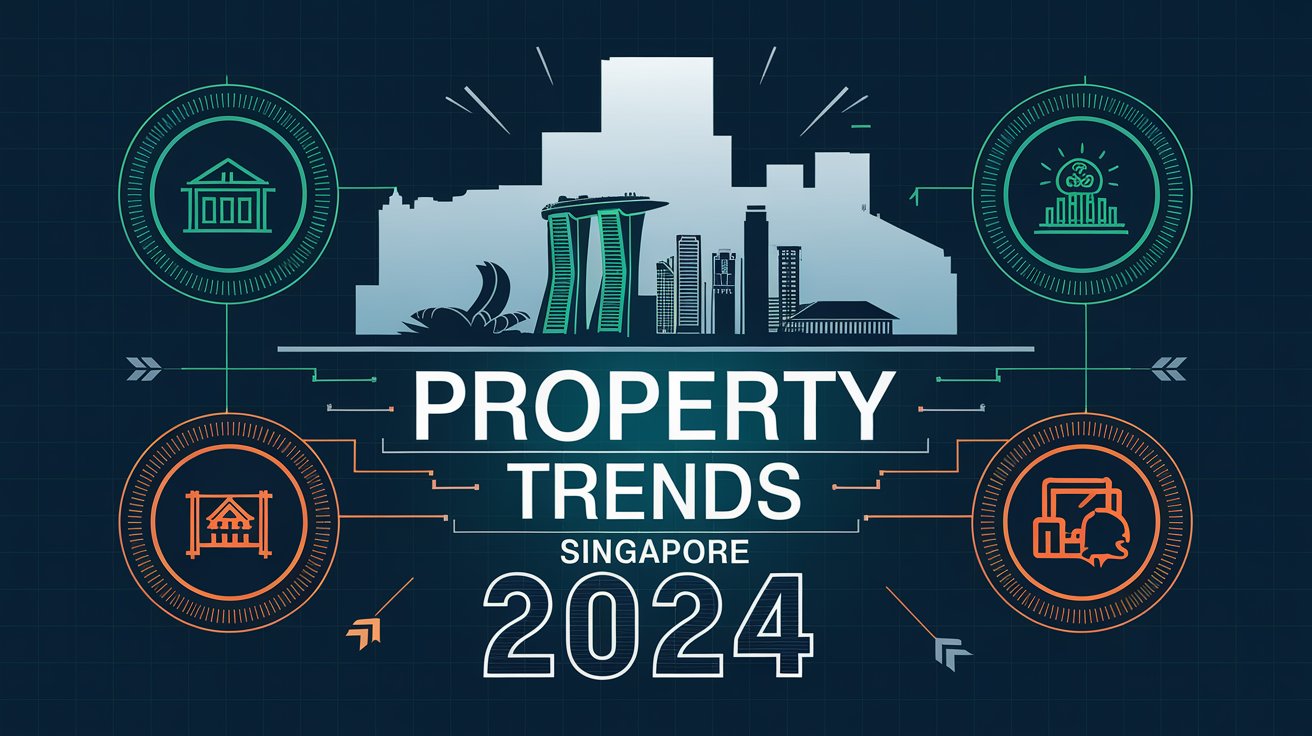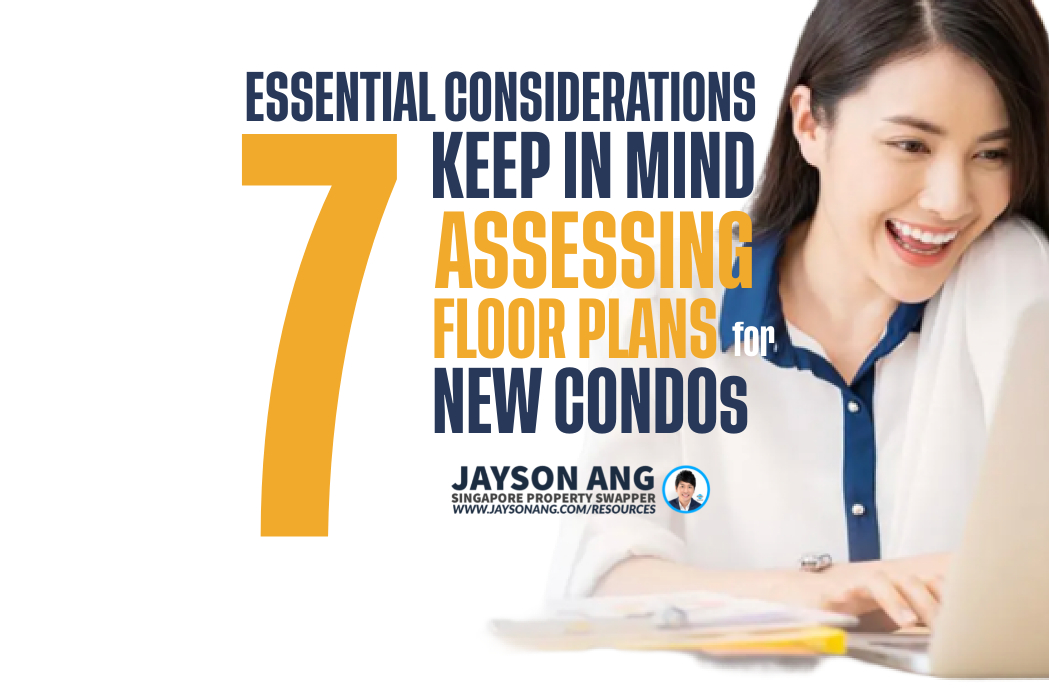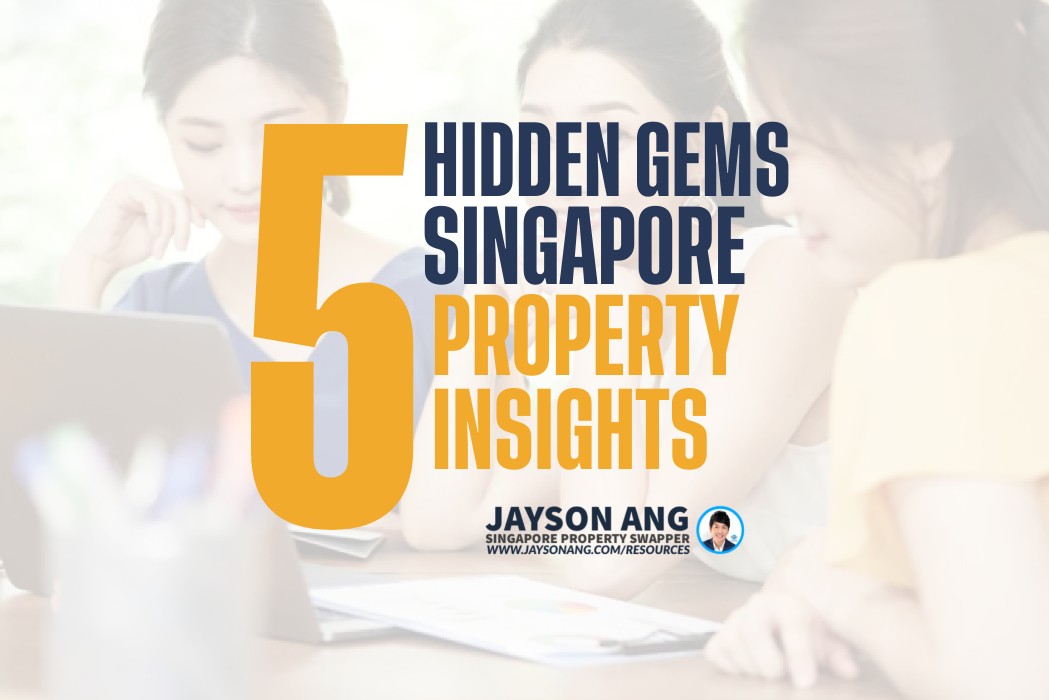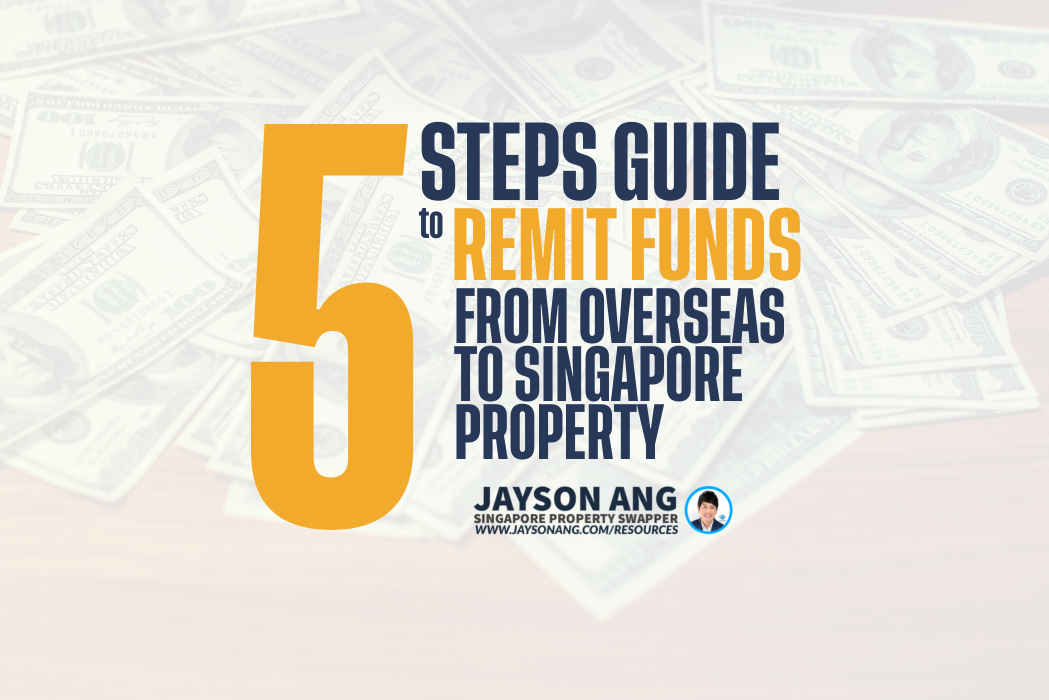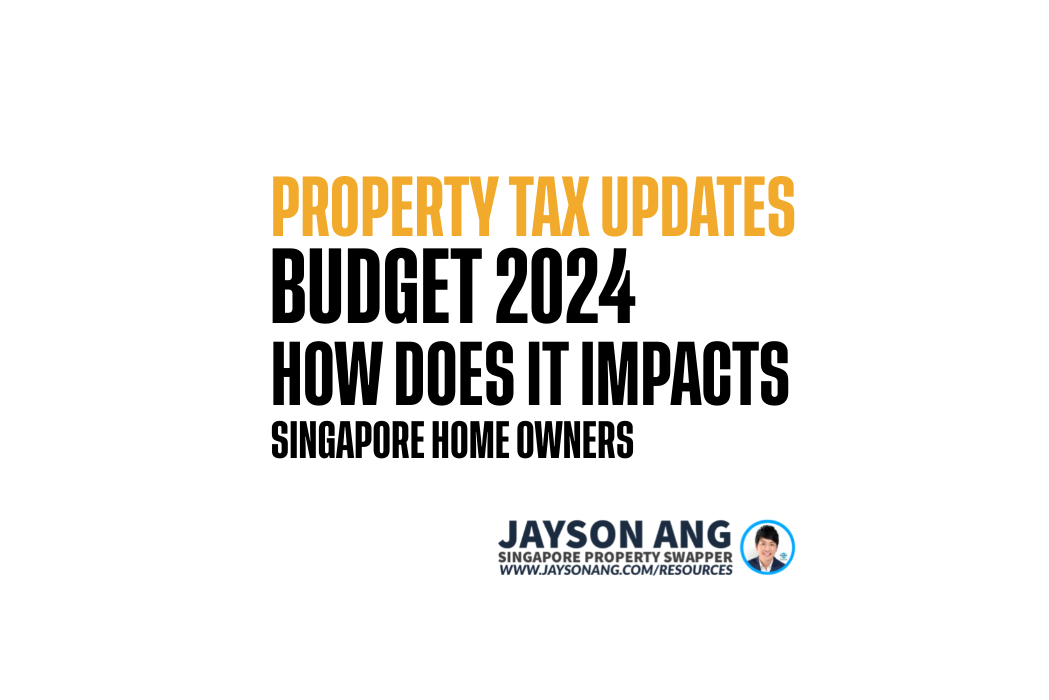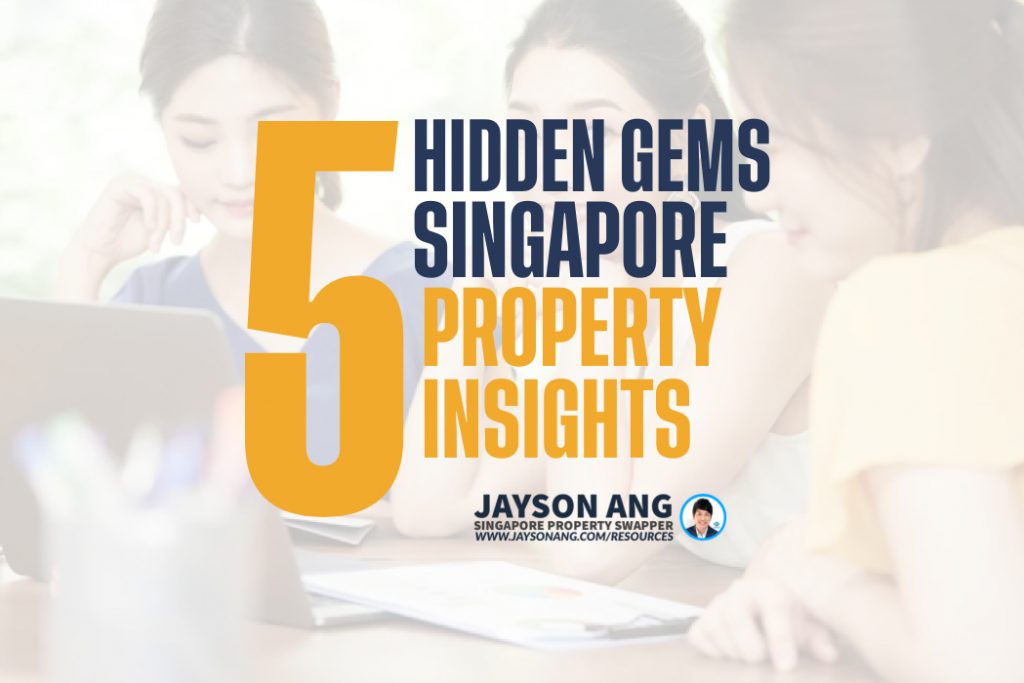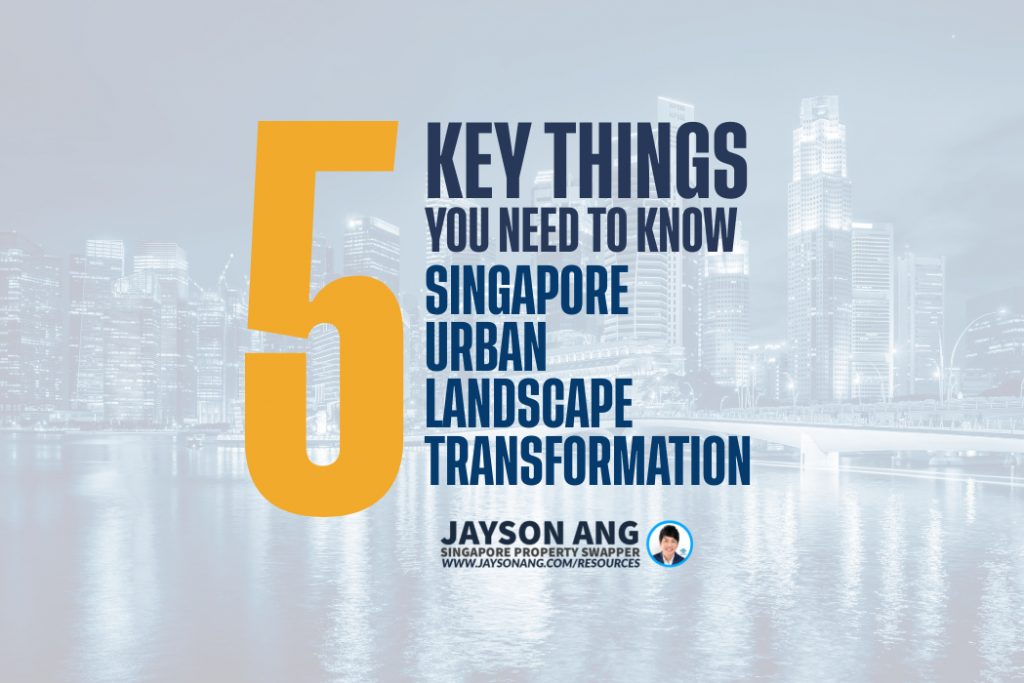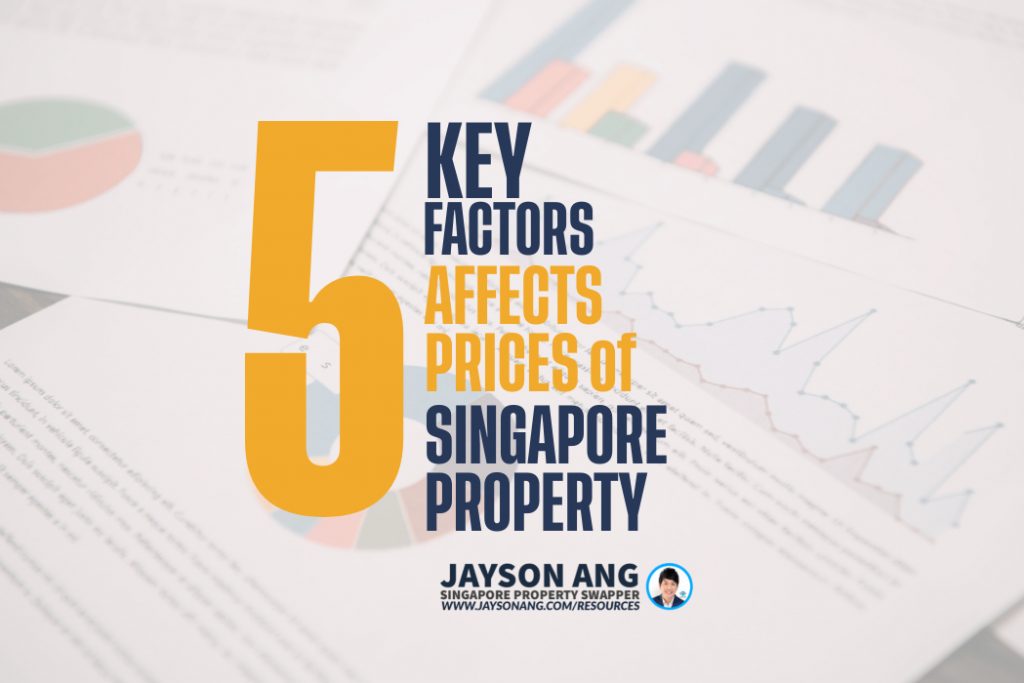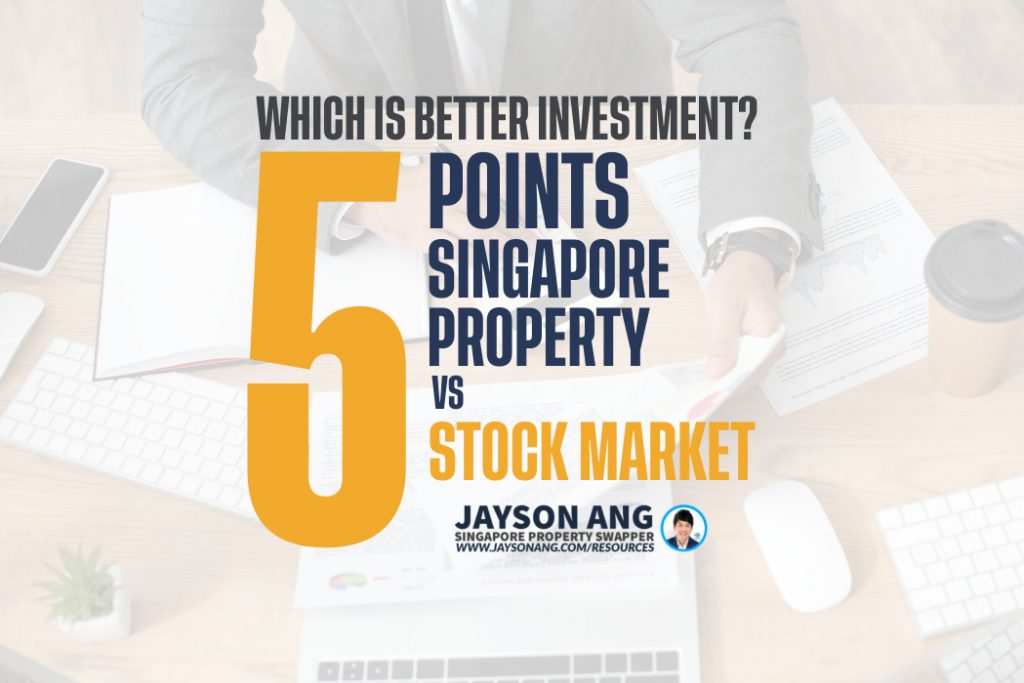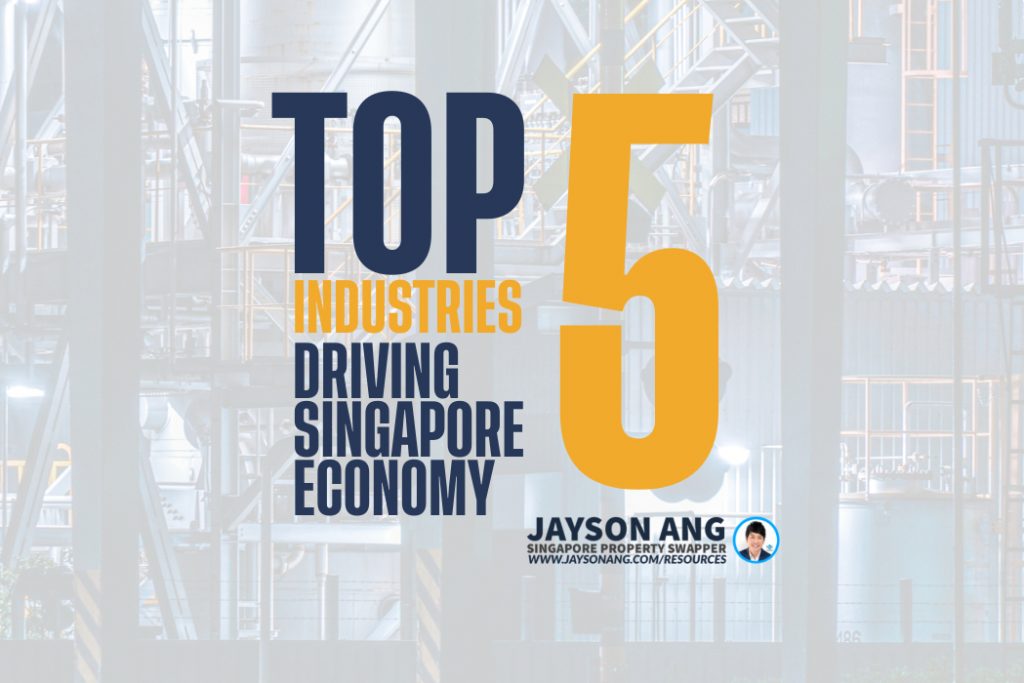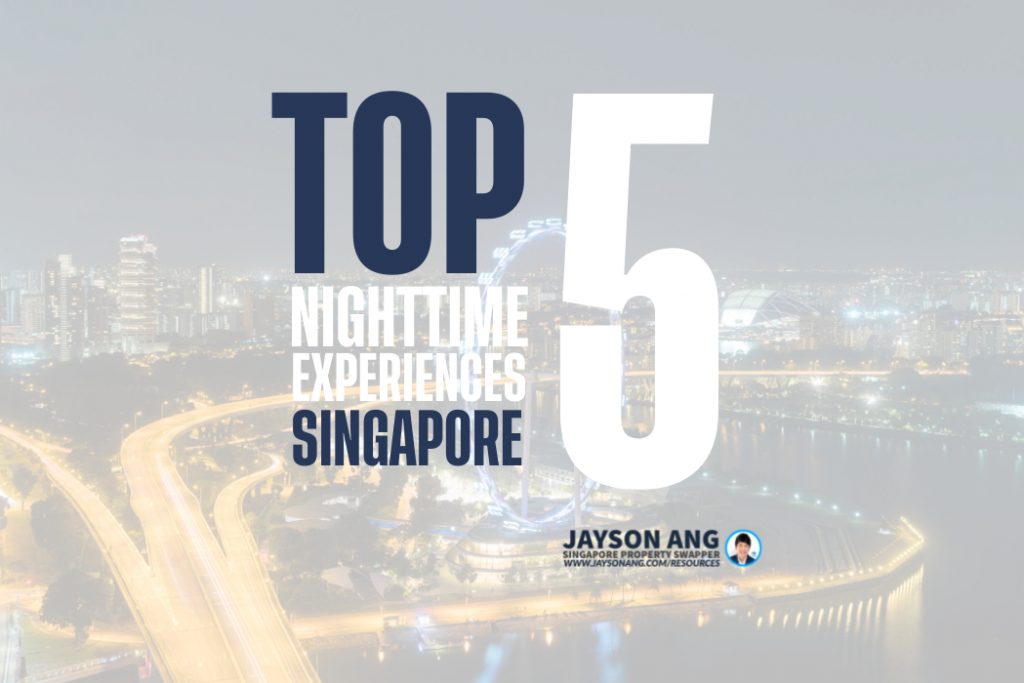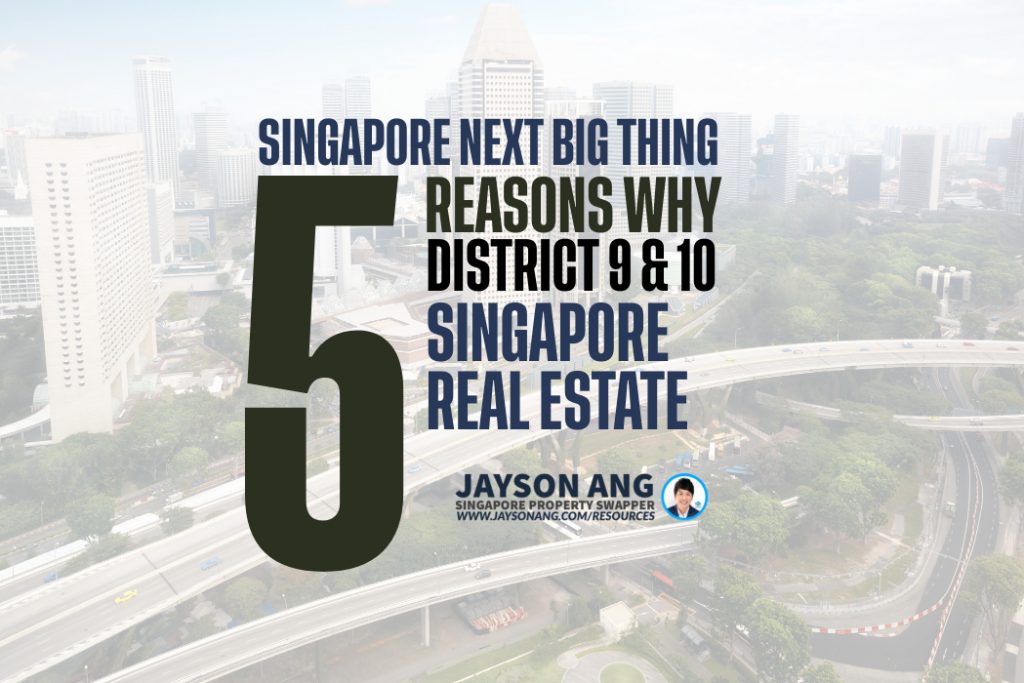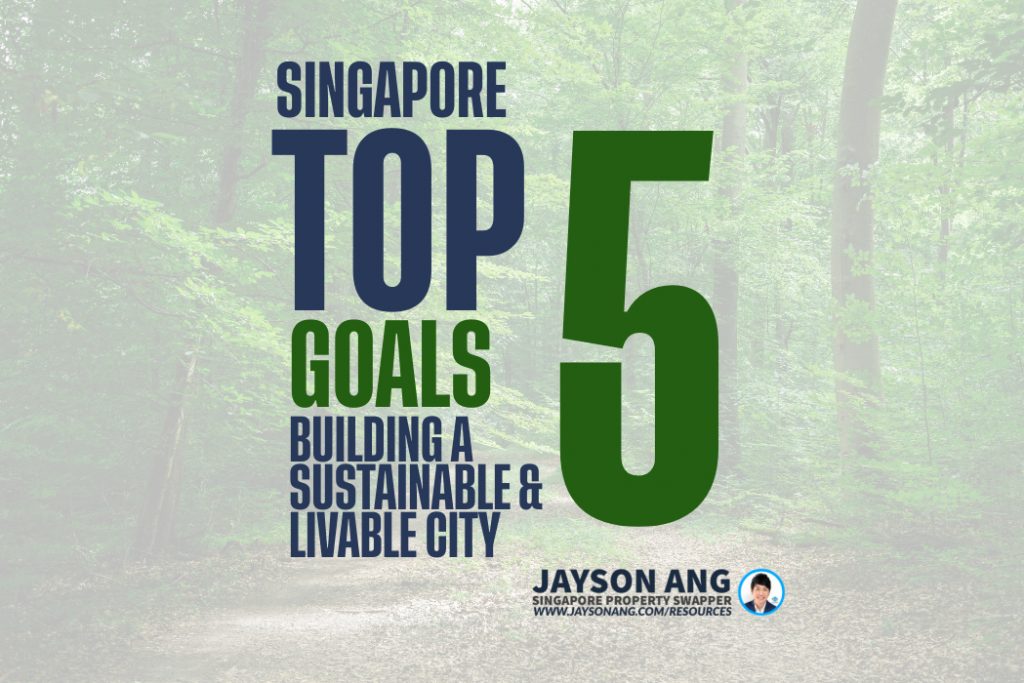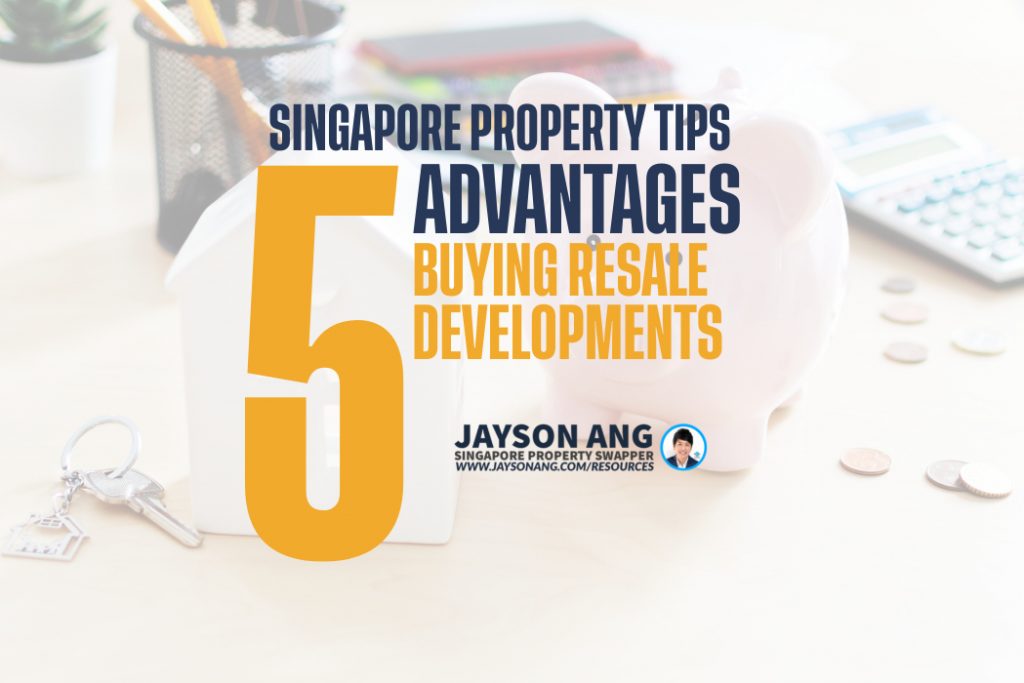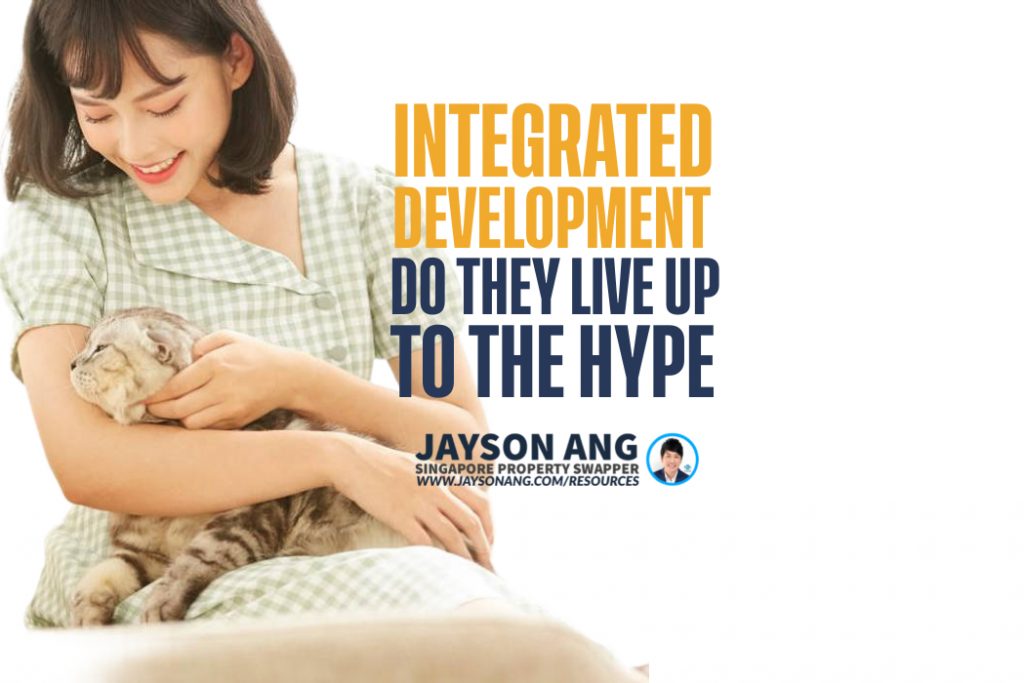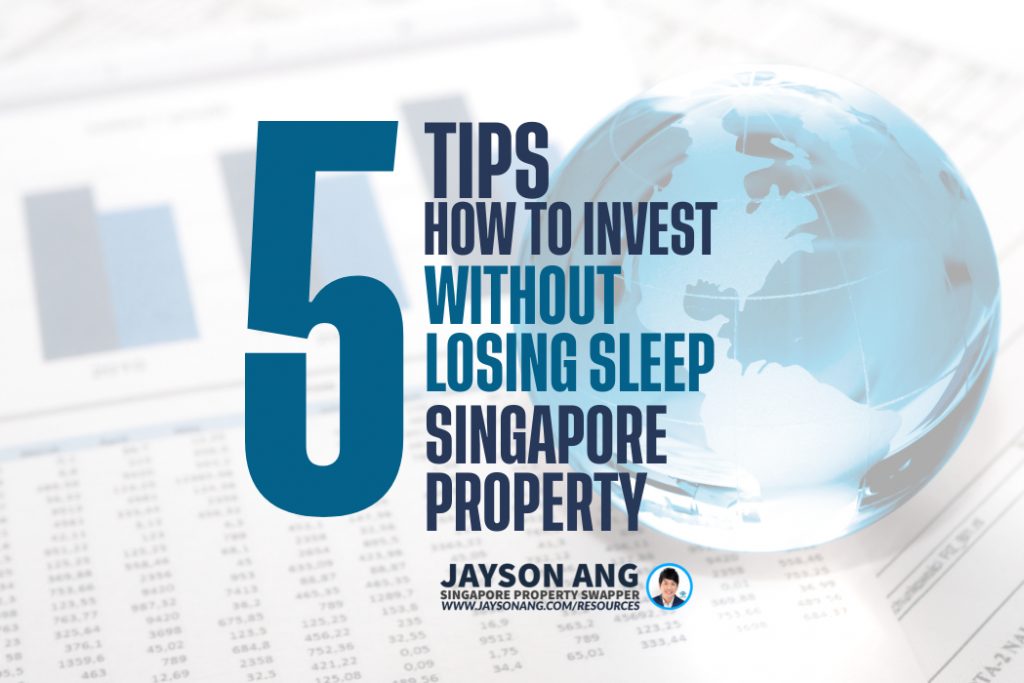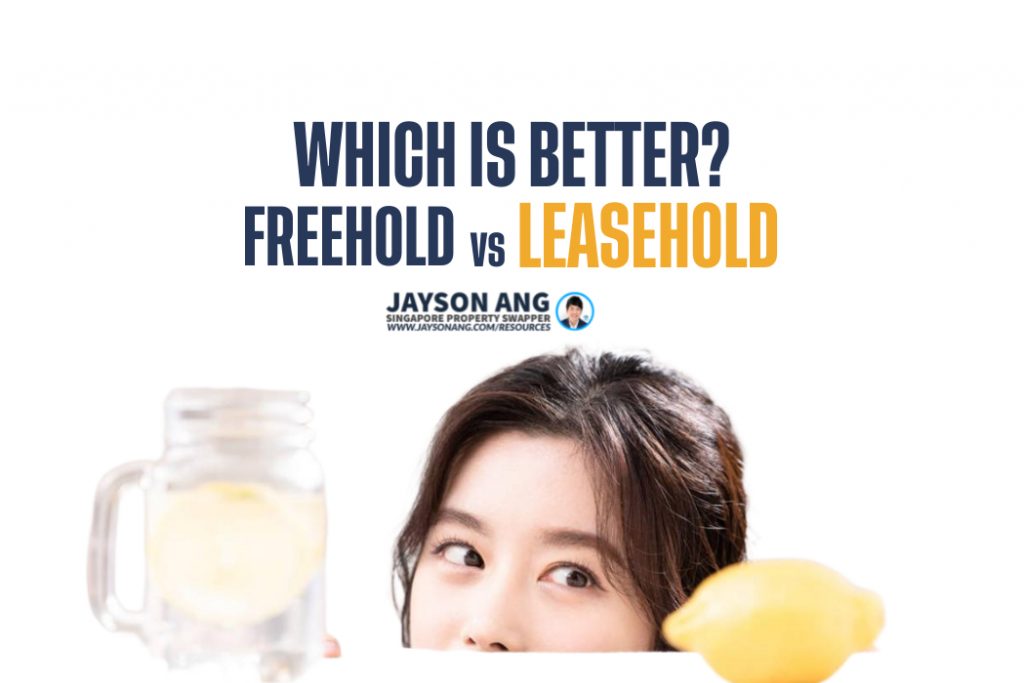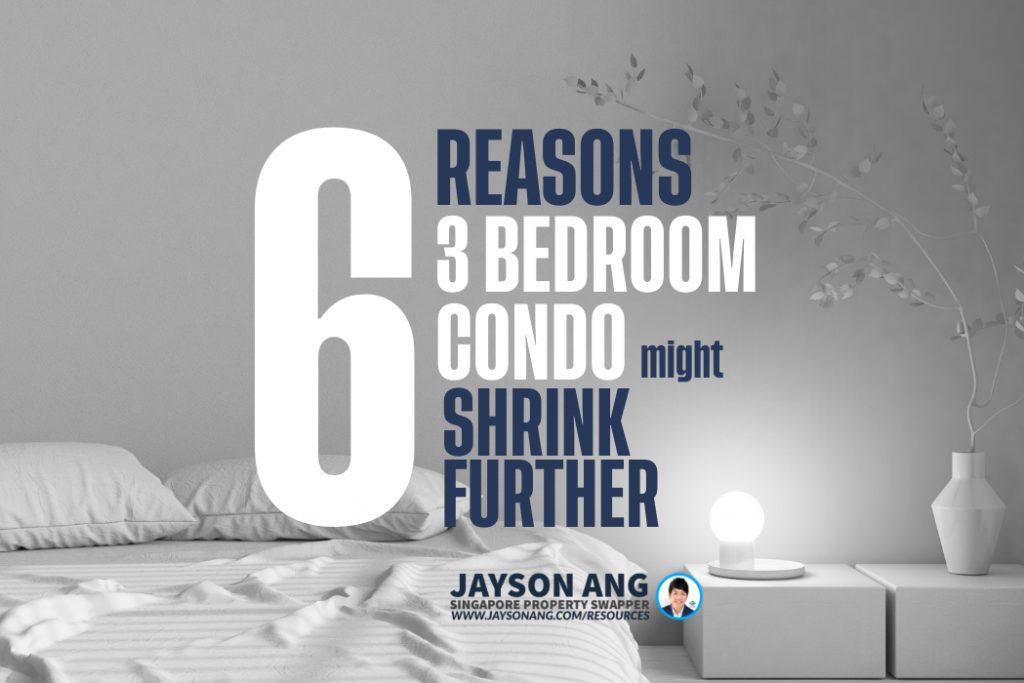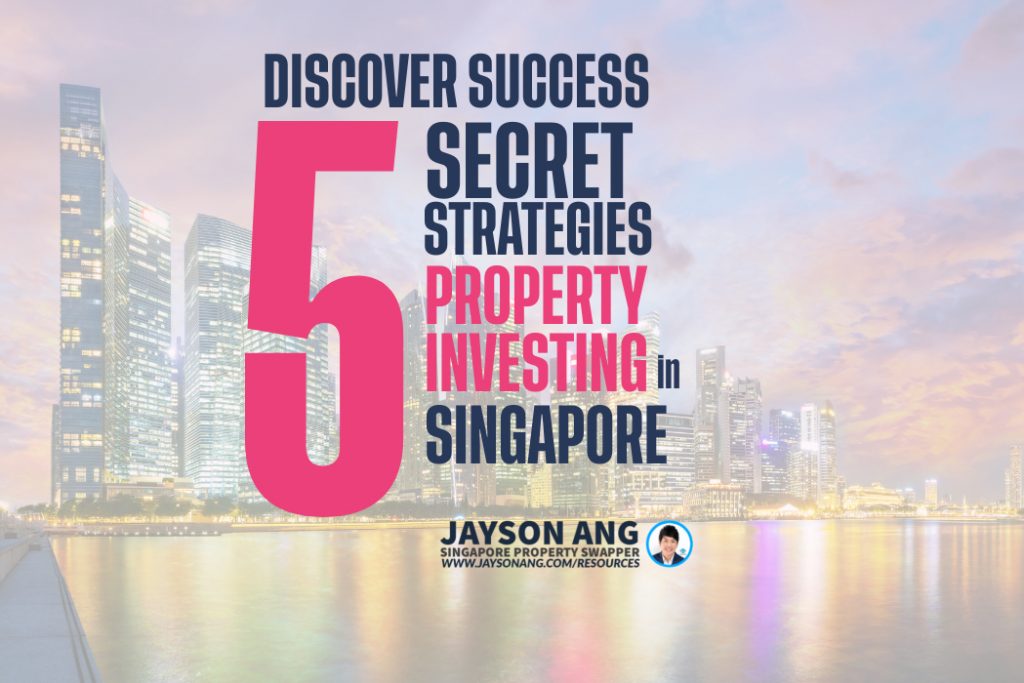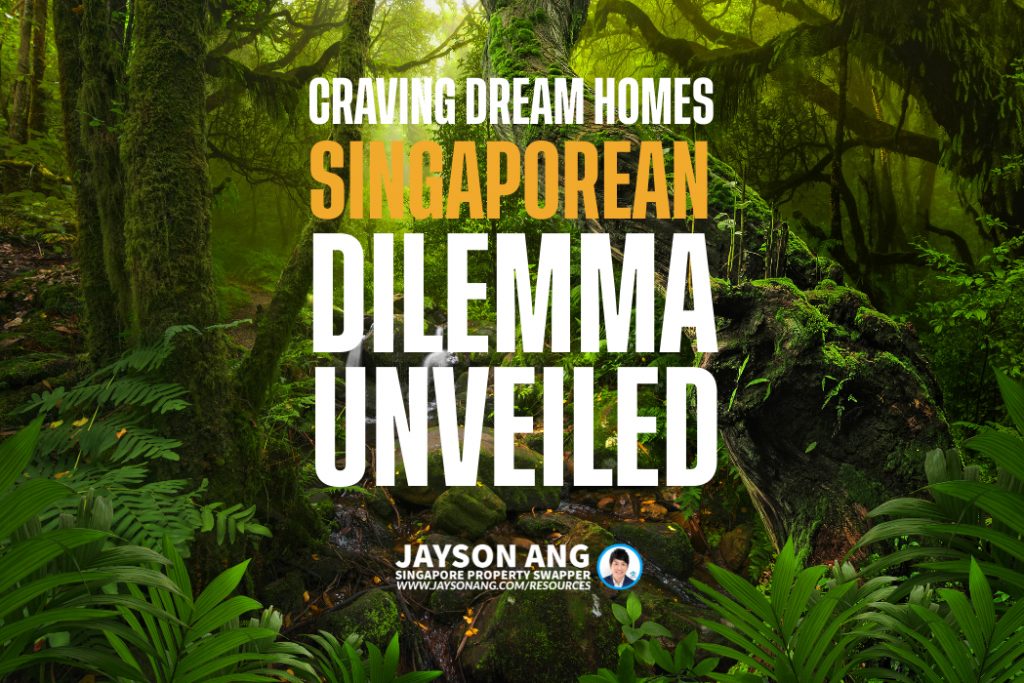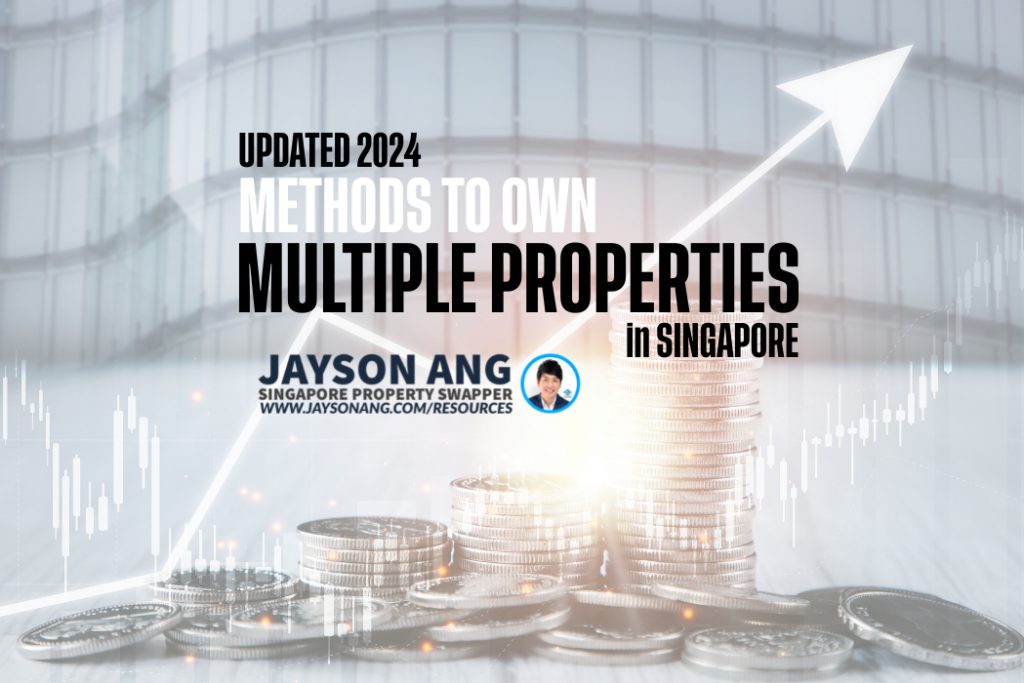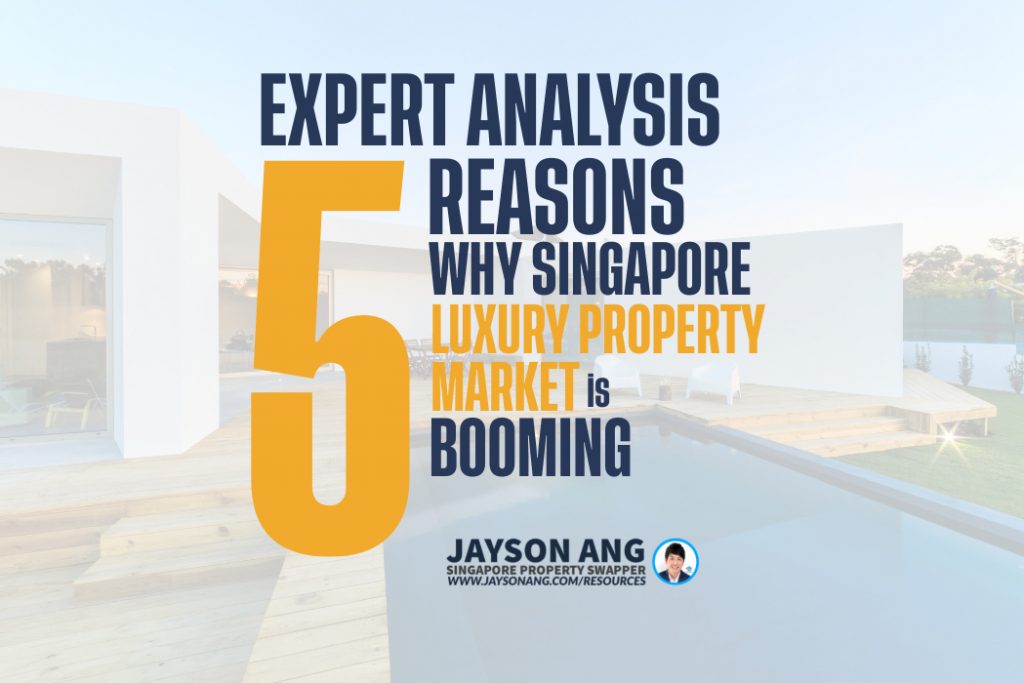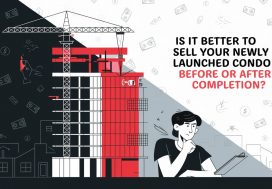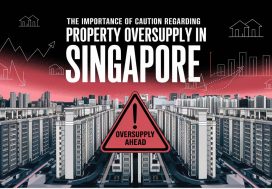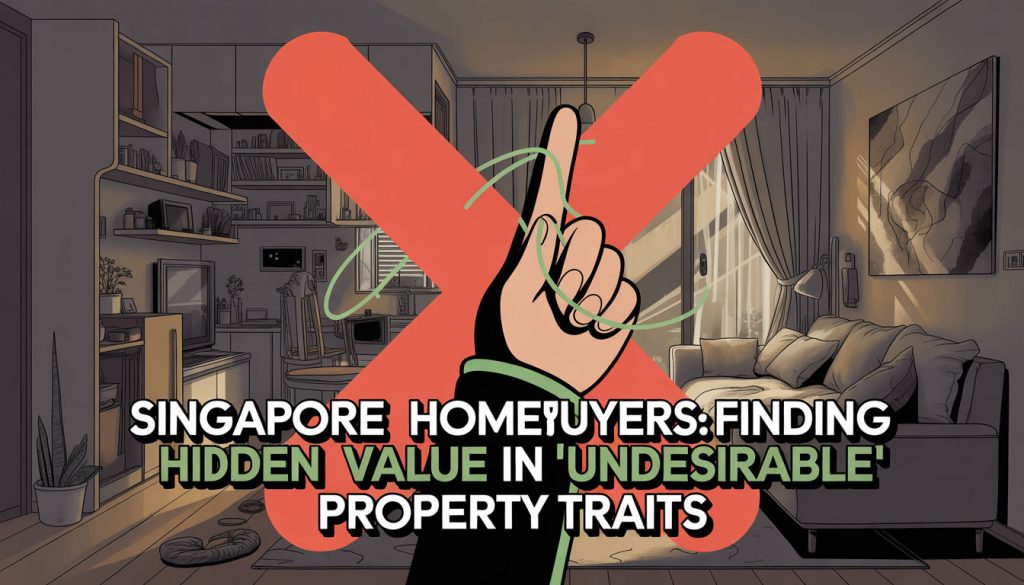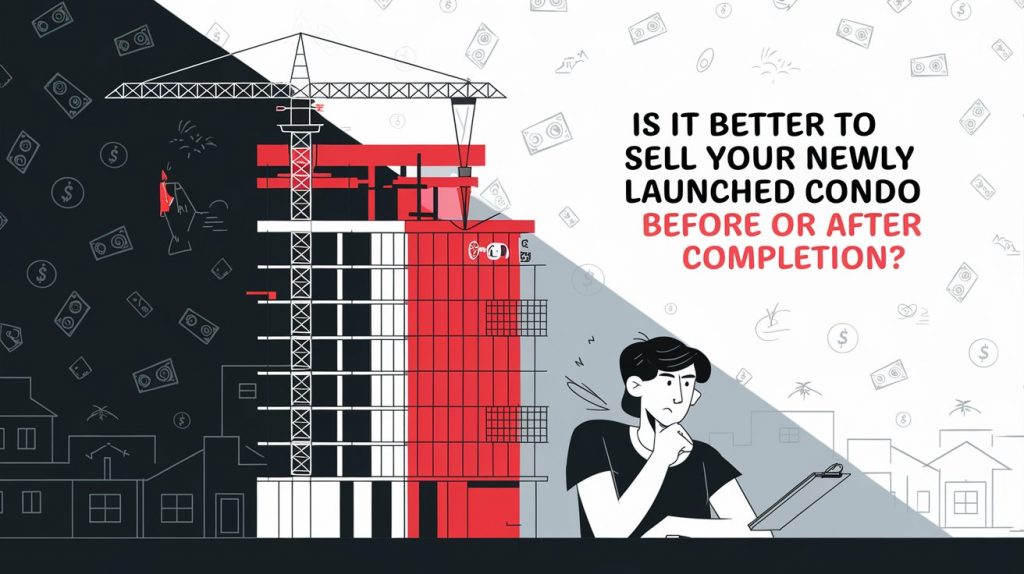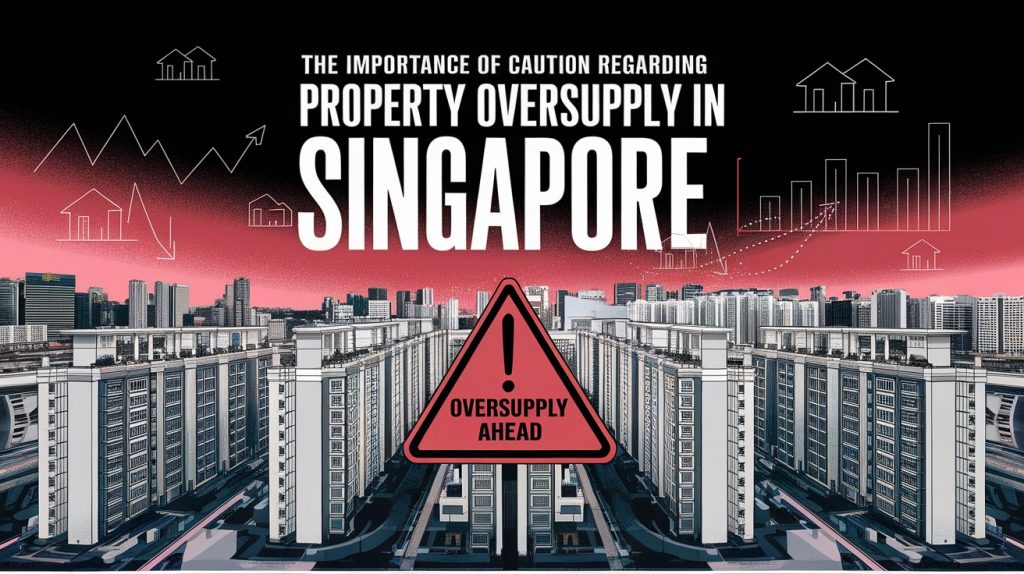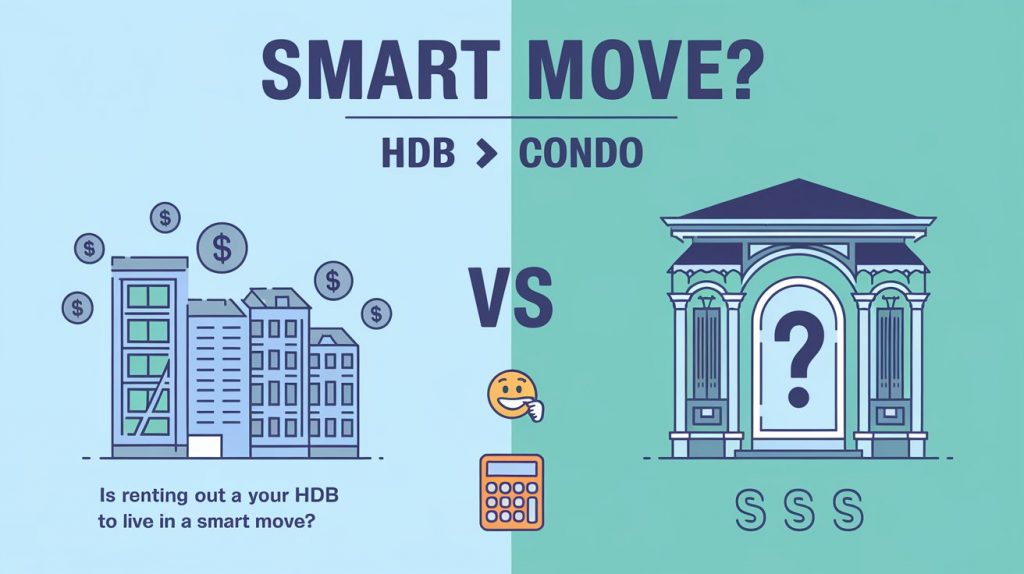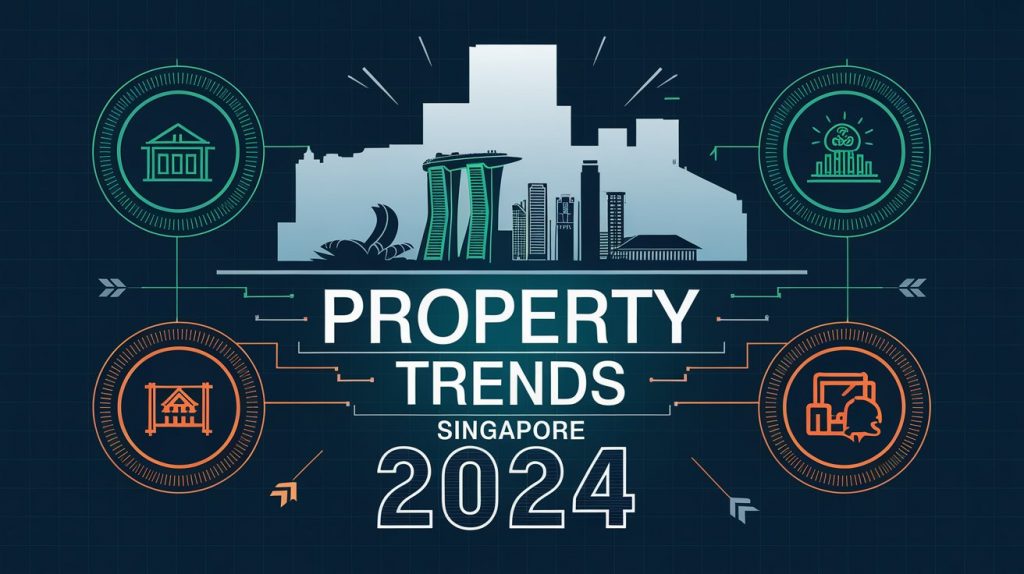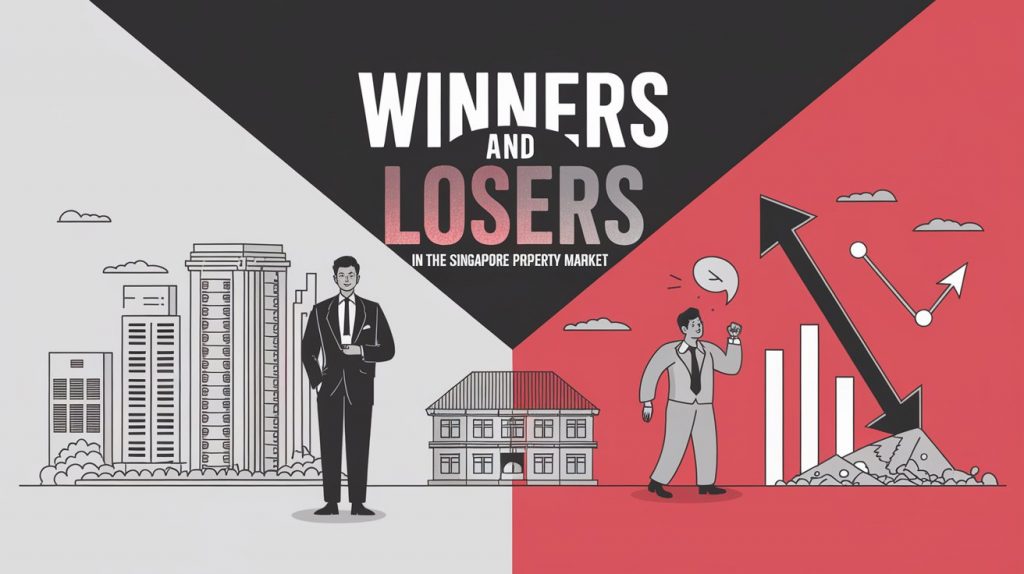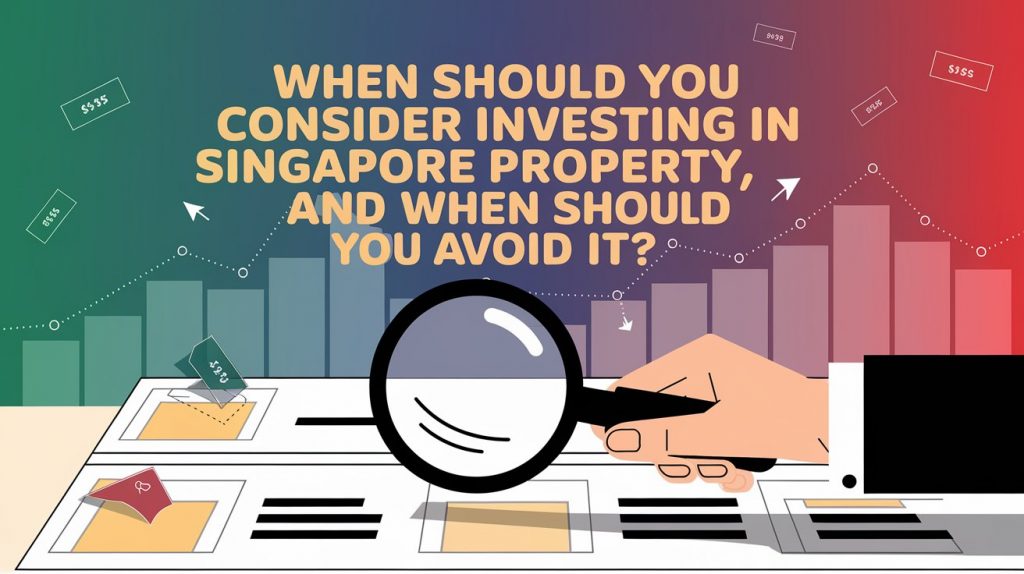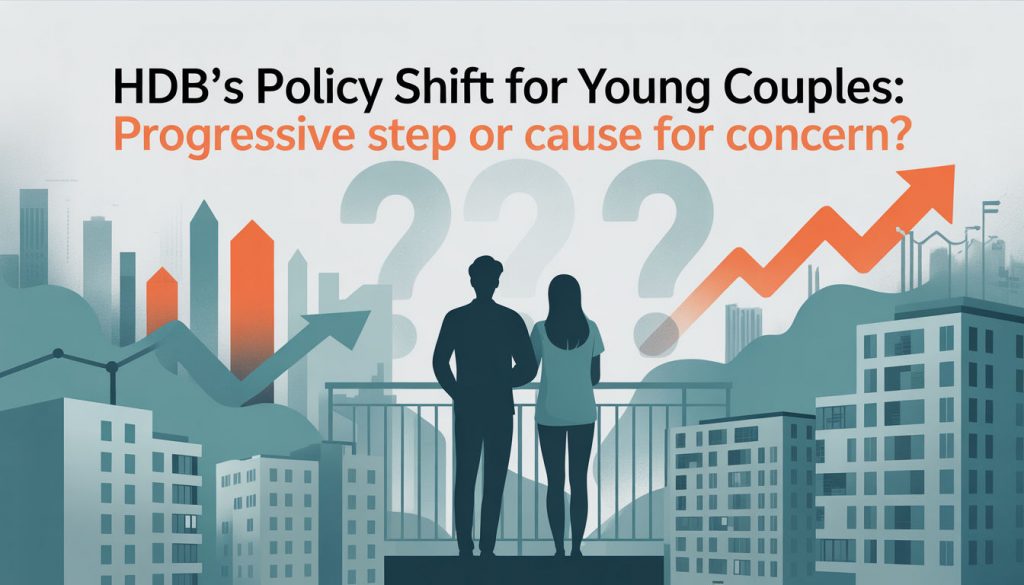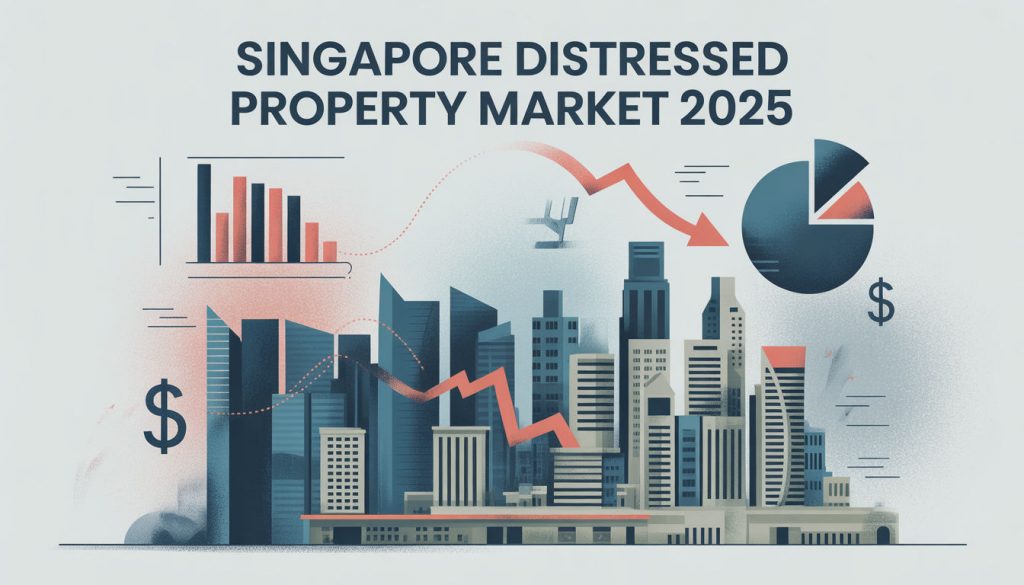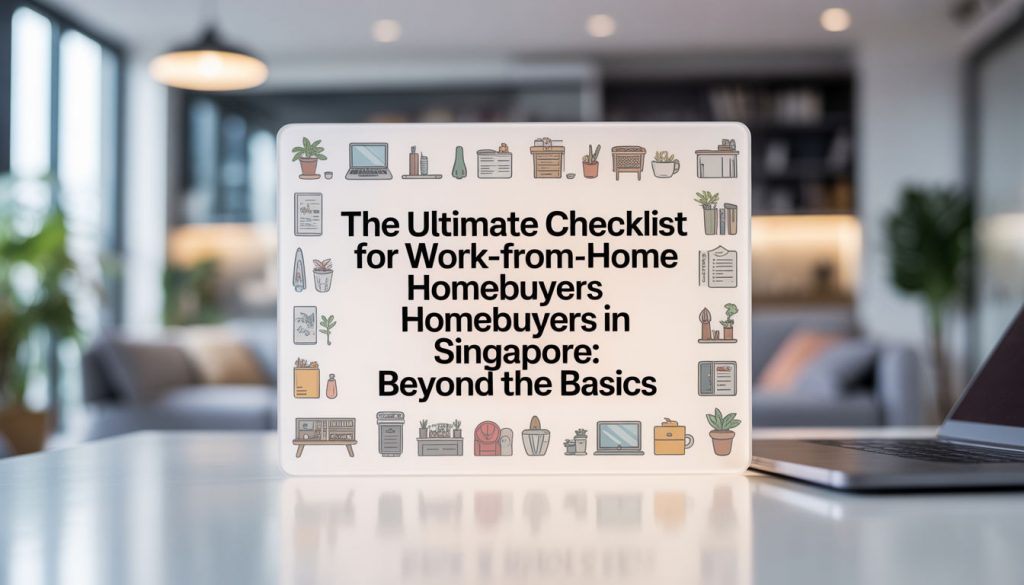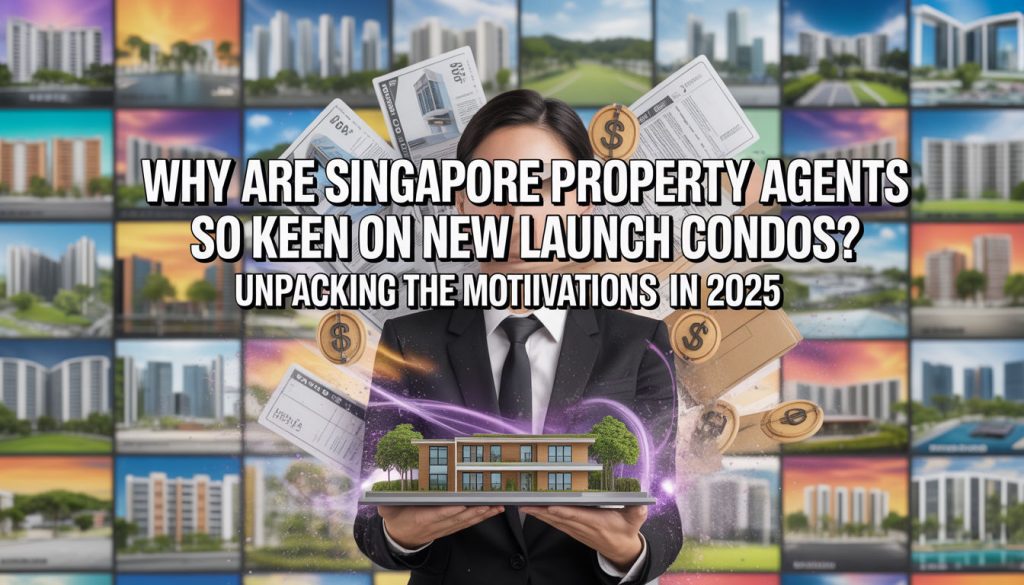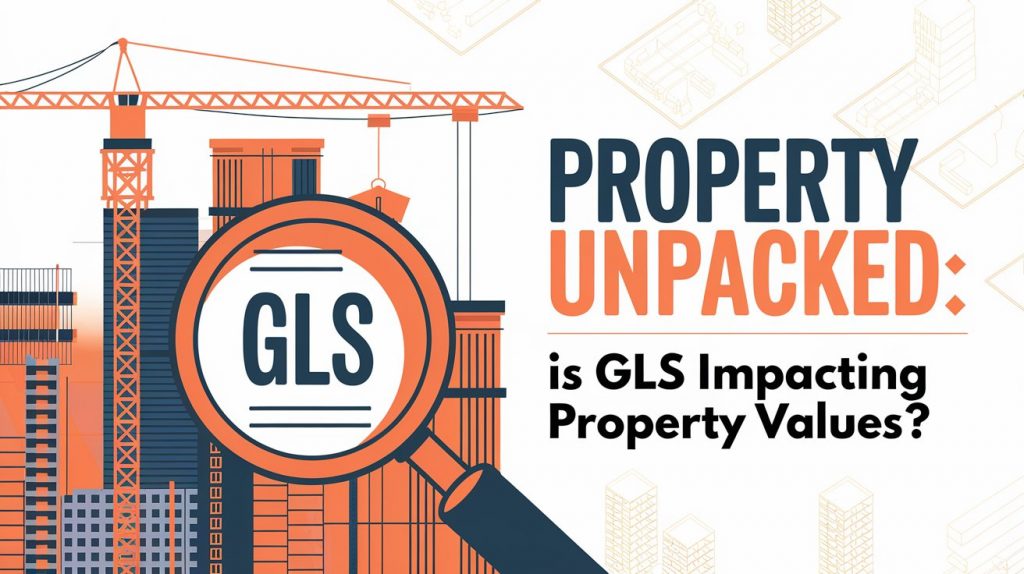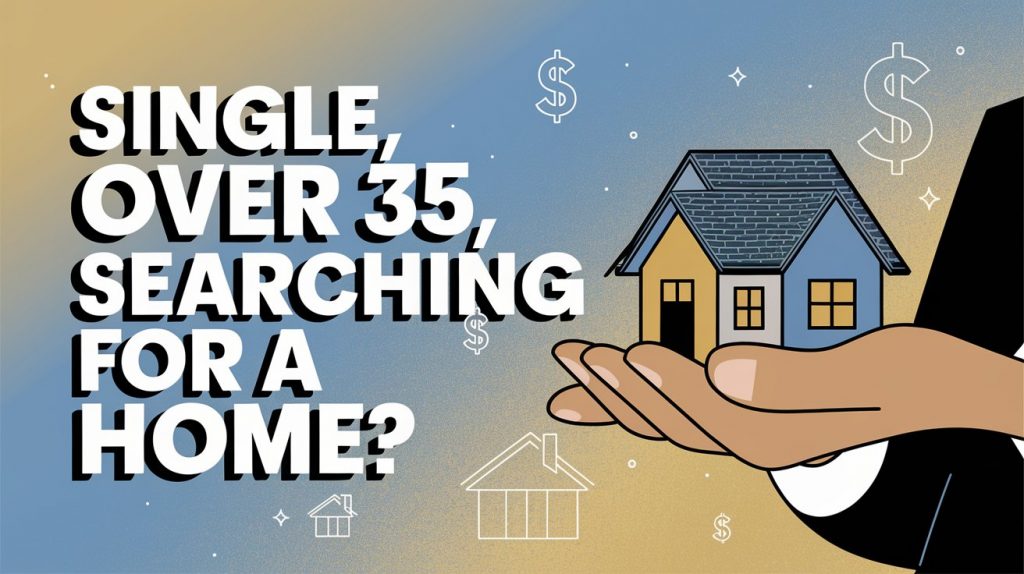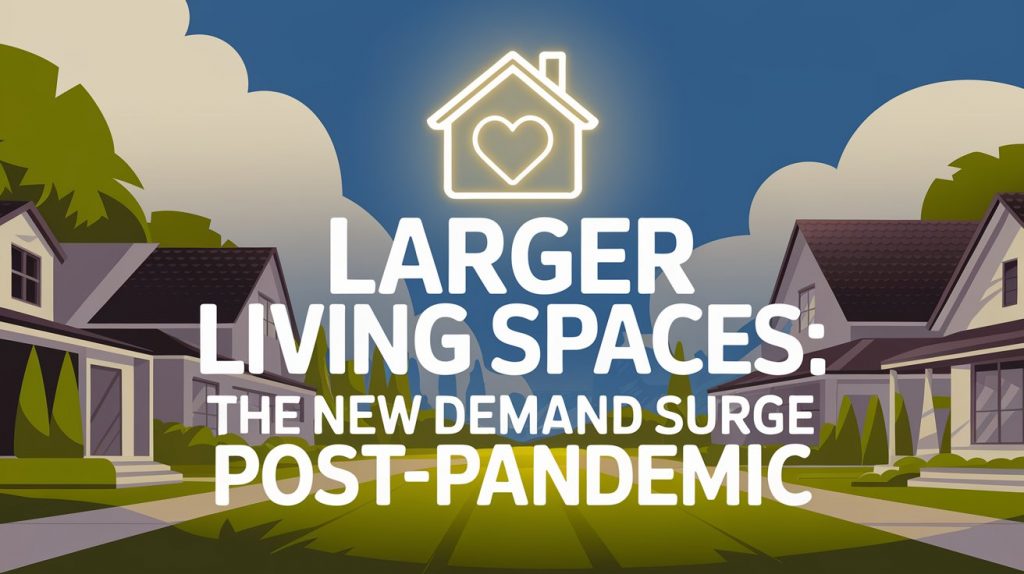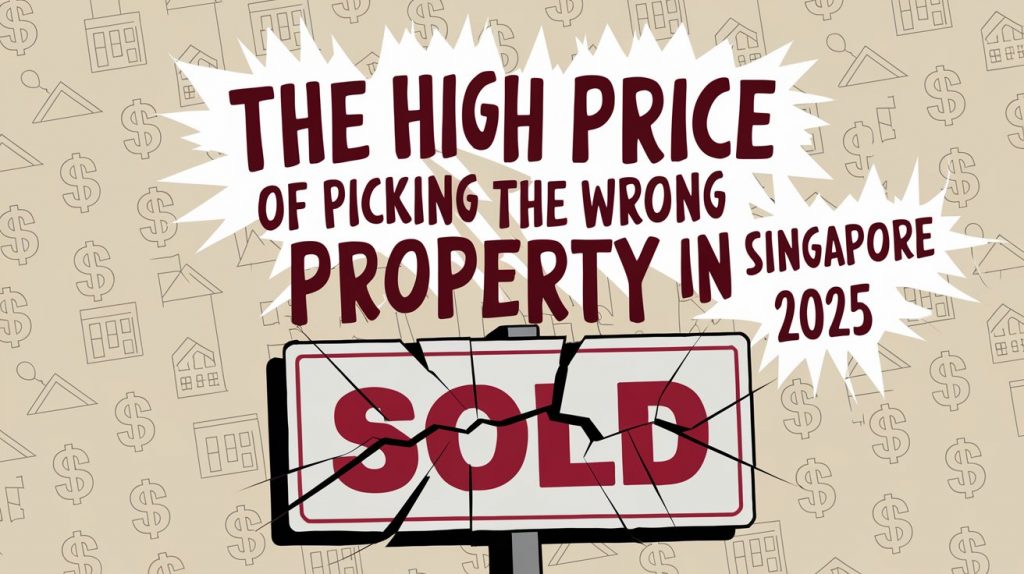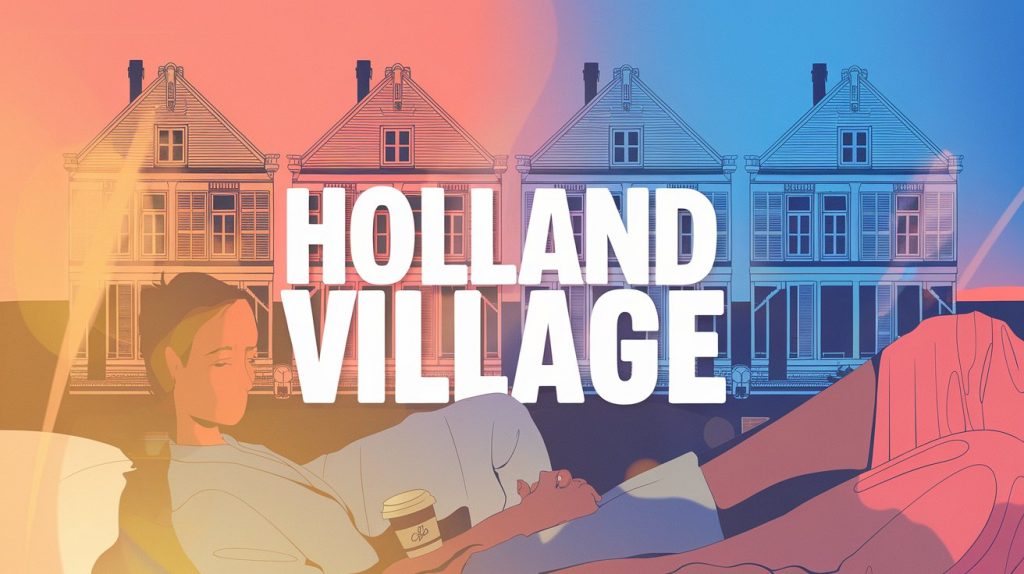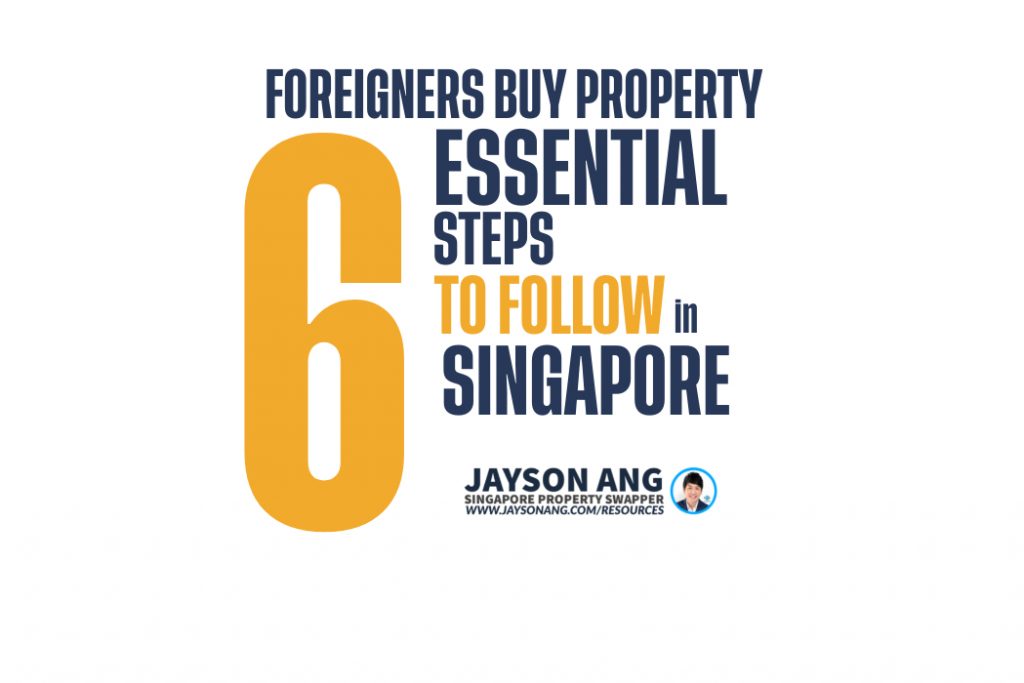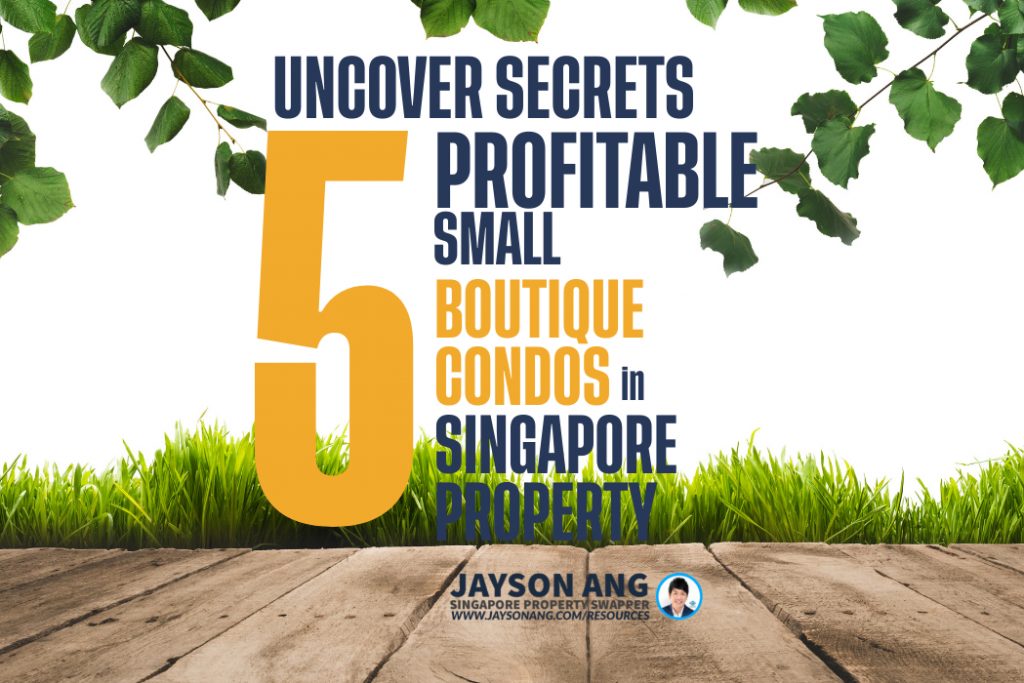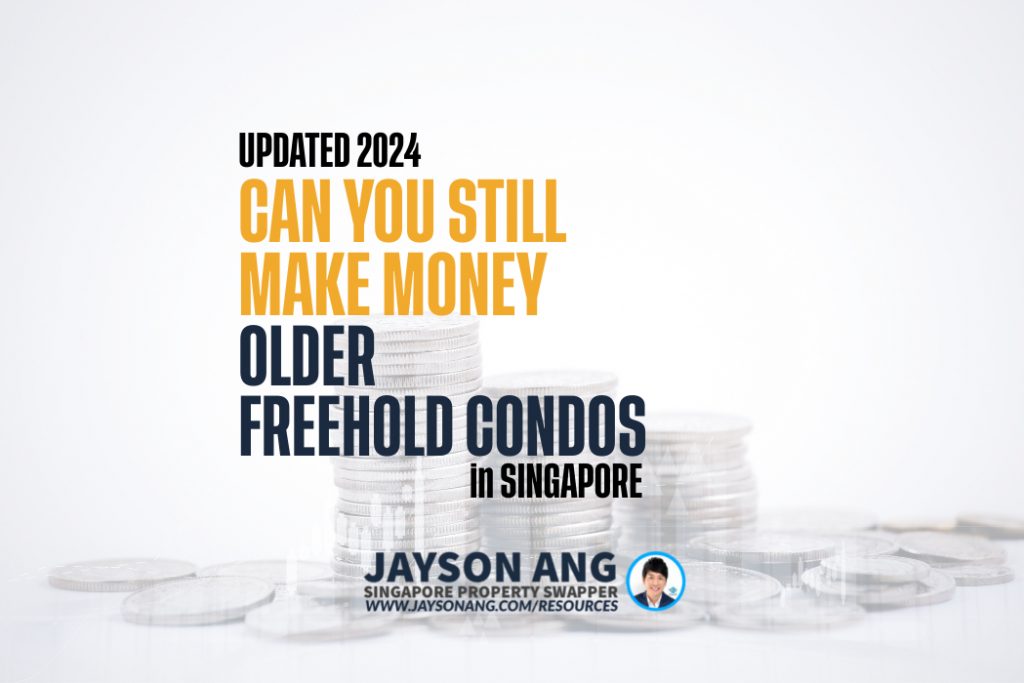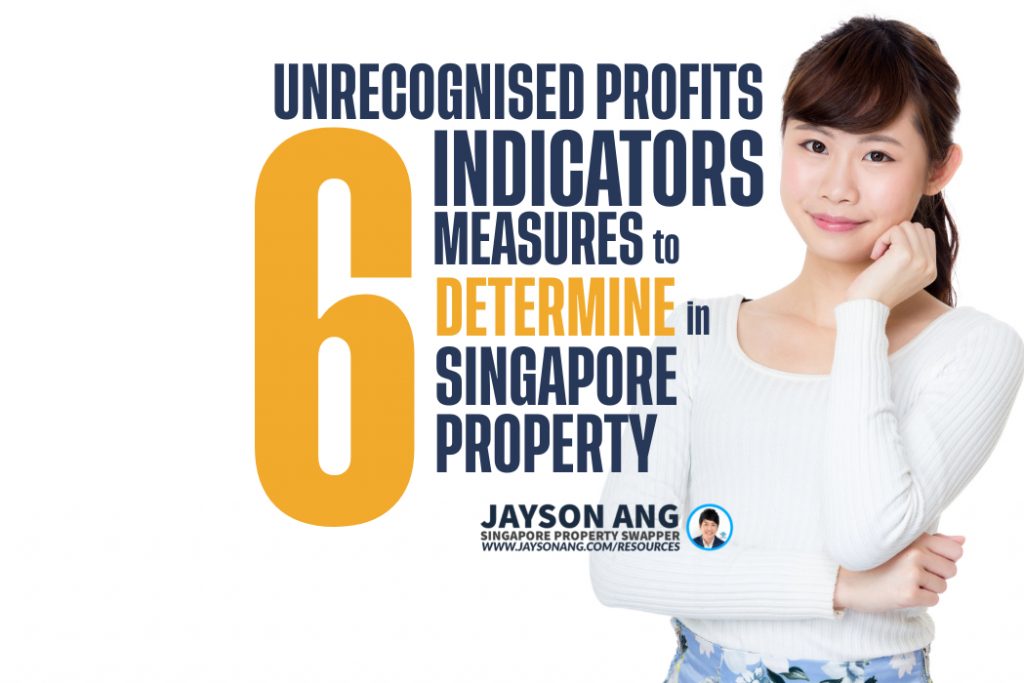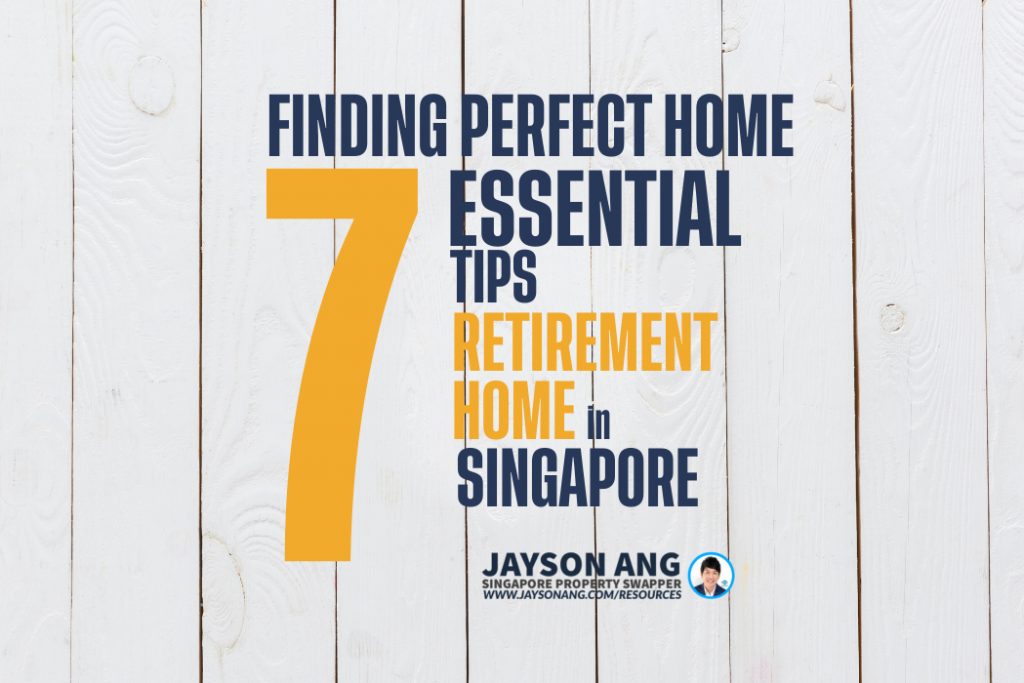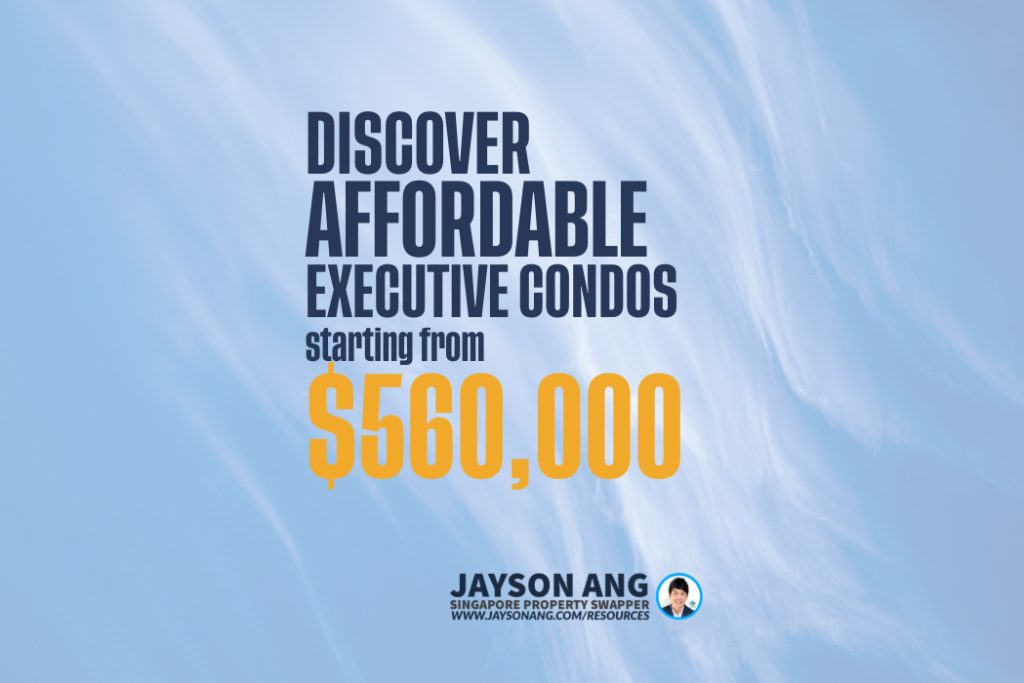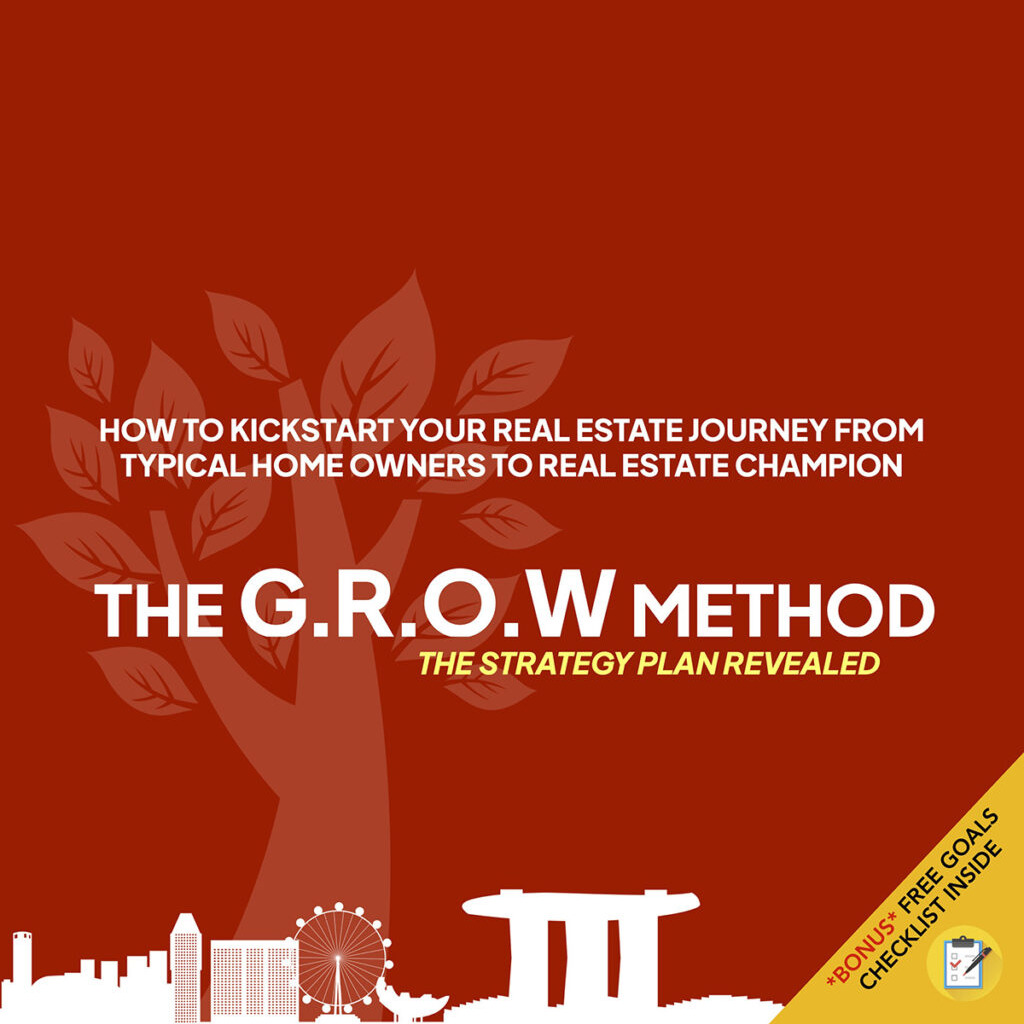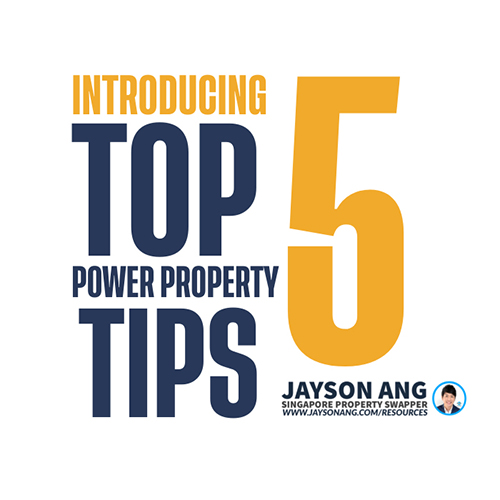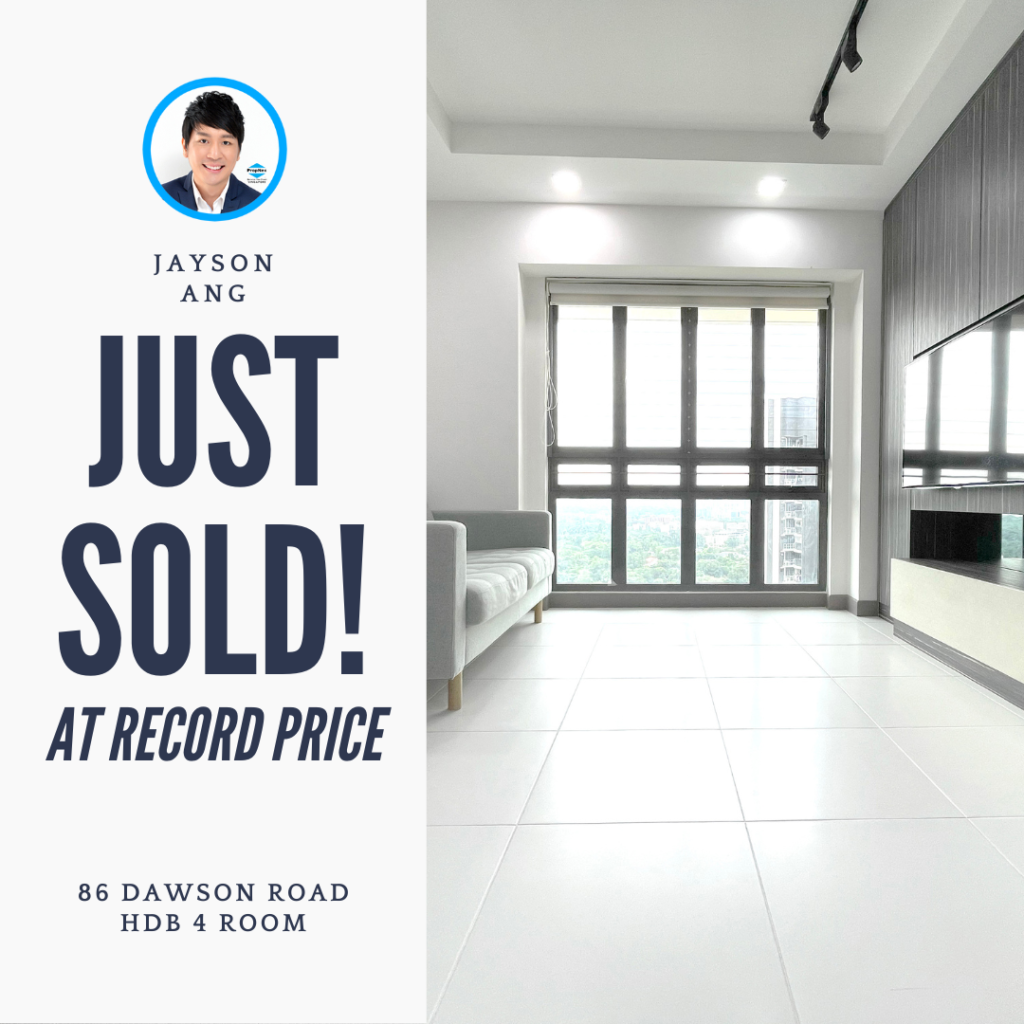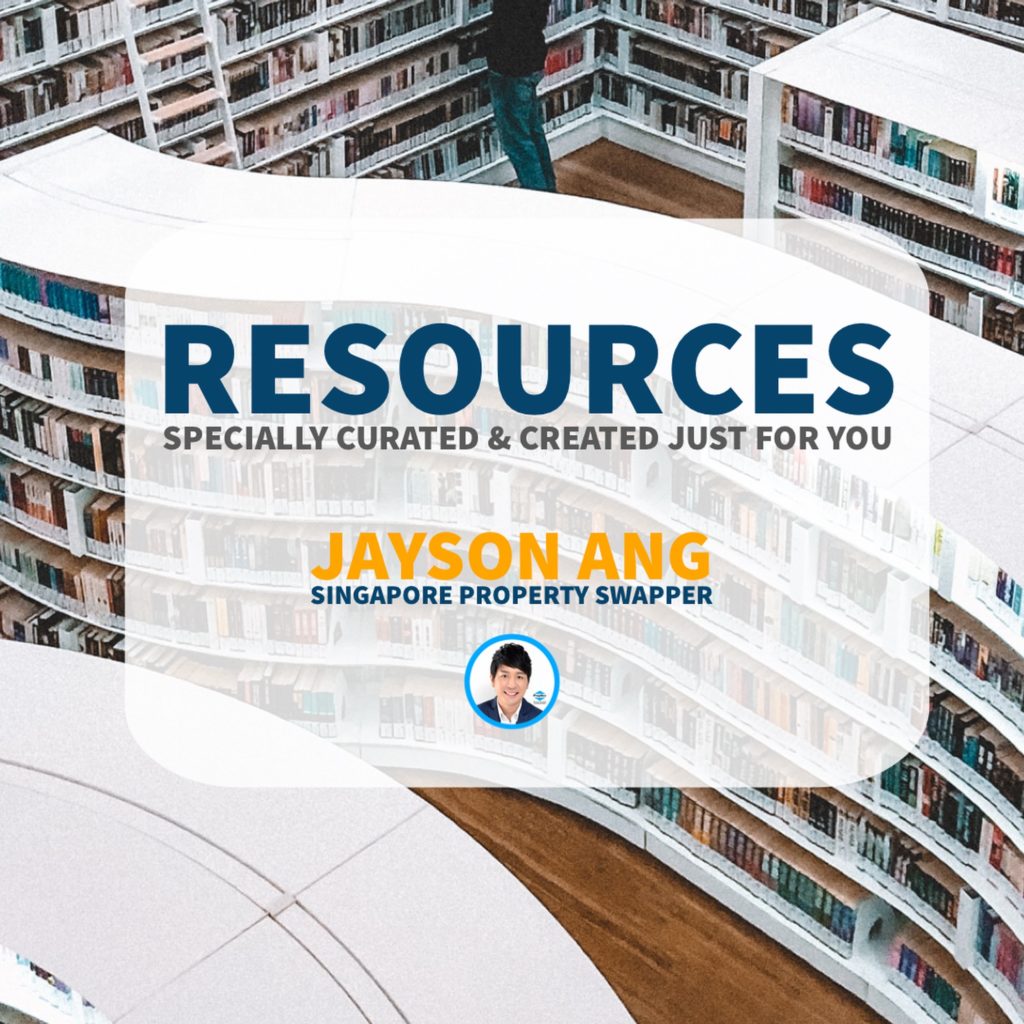TLDR
The dynamic shifts in Singapore’s real estate market following Covid, highlighting three key trends: the surprising resilience of the luxury property sector despite heightened ABSD rates, the cautious approach of developers towards prime land availability, and the growing willingness of younger buyers to overlook lease decay in favor of location. The luxury market has seen a rise in resale activity and prices, driven by local buyers and rental opportunities. Developers remain wary due to economic uncertainties, yet prime sites continue to emerge. Younger buyers prioritize location over lease concerns, often supported by familial wealth. This evolving landscape reflects broader economic and social influences on property investment strategies.
Purchasing a property is rarely as impersonal and logical as investing in a unit trust or a barrel of oil. The process is often influenced by a myriad of aspirations, emotional ties, and the significant burden of debt—something many of us dedicate our careers to repaying. However, buyer behaviors have become particularly unpredictable in the wake of Covid, leading to some notably unusual trends, including the following:
1. The unexpected strength of the luxury real estate market
The luxury property sector, especially in the Core Central Region (CCR), experienced a significant downturn following the cooling measures implemented in April 2023. During this period, the Additional Buyer’s Stamp Duty (ABSD) rates for foreign buyers were increased to 60 percent, marking the highest level in Singapore’s history.
Affluent foreign buyers represent a crucial segment in the luxury and prime property market, resulting in an initial decline in activity. However, by the first quarter of 2024, reports indicate that the volume of resale luxury condominiums rose by 17.6 percent compared to the previous quarter.
Examining new launch luxury properties in the CCR reveals a contrasting trend: while transaction volumes have decreased, prices have actually increased. In the third quarter of 2023, immediately following the introduction of the cooling measures, prices averaged $2,999 per square foot (psf). By the second quarter of 2024, despite a notable drop in new launches, prices escalated to $3,254 psf.
The resale market has shown surprising resilience in both price and volume. After the cooling measures were enacted in Q3 2023, resale luxury properties reached a low average of $2,110 psf. Since then, prices have rebounded to $2,219 psf, along with an increase in transaction volumes.
This raises the question: who is currently purchasing these luxury properties? For many foreign buyers, the steep 60 percent tax makes these assets less appealing compared to traditional stock and bond investments. For local buyers, some may have seized the opportunity as the price gap between the CCR and the Rest of Central Region (RCR) narrowed.
Additionally, well-capitalized landlords may be sensing a potential for rental income: with such high ABSD rates, affluent foreigners may opt to rent rather than buy.
Another consideration noted by some real estate agents is the overall economic volatility stemming from factors like the conflict in Europe and the upcoming U.S. elections. This uncertainty may be driving a flight to safety, with Singapore’s freehold properties historically serving as a secure investment.
It raises the question of whether our government anticipated this trend when deciding to increase ABSD rates, considering their awareness of market dynamics.
2. Many prime pieces of land are becoming available, even though developers seem somewhat hesitant about the prospect
We previously discussed the Marina Crescent white site, which ultimately did not secure a winning bid due to the offered amount being too low. This outcome was unexpected just a few years ago, as properties in such a sought-after location usually attract significant interest from developers.
However, the current caution among developers highlights increasing concerns regarding rising interest rates (which influence both development costs and sales potential), escalating Land Betterment Charges, and broader economic challenges. Consequently, many would assume the government might postpone the release of these sought-after sites.
Despite this, we now know that the government plans to introduce more sites for development in 2023 and 2024 as a strategy to enhance supply. This move aims to address the housing shortage that arose in the wake of Covid. Nonetheless, let’s take a look at the number of prime locations that have been confirmed thus far:
Residential Sites:
| Location | Site Area (Ha) | Gross Plot Ratio | Status |
| Media Circle | 1.06 | 2.9 | Awarded |
| Orchard Boulevard | 0.68 | 3.5 | Awarded |
| Upper Thomson Road (Parcel A) | 2.44 | 2.2 | Open for Tender |
| Upper Thomson Road (Parcel B) | 3.2 | 2.5 | Awarded |
| Zion Road (Parcel A) | 1.51 | 5.6 | Awarded |
| Holland Drive | 1.23 | 4.7 | Awarded |
| River Valley Green (Parcel A) | 0.93 | 3.5 | Open for Tender |
| Canberra Crescent | 2.05 | 1.6 | Open for Tender |
| De Souza Avenue | 1,92 | 1.6 | Open for Tender |
| Margaret Drive | 0.95 | 4.2 | Open for Tender |
| Media Circle | 0,57 | 4.2 | Open for Tender |
| Dairy Farm Walk | 2.16 | 2.1 | Open for Tender |
| Tengah Garden Avenue | 2.55 | 3 | Open for Tender |
White Sites:
| Location | Site Area (Ha) | Gross Plot Ratio | Status |
| Jurong Lake District | 6.5 | Tender Closed |
There is a clear inclination towards prime locations, even though it seems that developers are being cautious about these areas. This might be a strategic move to influence costs in the CCR and certain high-quantum RCR regions, with explanations that will be revealed later. Additionally, it could reflect a belief that developer interest will soon rebound, irrespective of interest rates and stamp duties.
While the motivations remain uncertain, it is quite ironic that some of the most sought-after plots have become available just as many developers are not in a position to make purchases.
3. A steadfast refusal to acknowledge lease decay in favor of location
These insights are drawn from our on-the-ground observations and interactions. It’s not unexpected that a significant number of younger Singaporeans are keen on owning their own homes, a trend that began during the Covid pandemic and continues to persist. What stands out, though, is the growing readiness to overlook issues such as elevated Cash Over Valuation (COV) and the implications of lease decay.
We’ve noticed that more younger buyers are comfortable with the following:
- Making larger cash payments due to the COV and the fact that the lease on the flat won’t extend until the youngest buyer turns 95, which limits the maximum use of CPF.
- The necessity for a replacement property, whether close to or following retirement, persists even when the existing old property holds little resale value.
- There is reduced worry about challenges like stairs in types of homes such as maisonettes or walk-up apartments, even when considering a permanent residence. In fact, for walk-up apartments, some individuals now argue that it’s not as significant of a concern, since food and groceries can be delivered directly to your door.
It’s not that they’re oblivious to the downsides; rather, they view the disadvantages as relatively minor or distant concerns when weighed against the benefits of residing in a more convenient location (for instance, closer to a desirable train line or areas like Orchard, Bishan, Tanjong Pagar, and others).
We can’t help but wonder if this perception is partly influenced by the significant wealth transfer, with parental support playing a role in these choices. Additionally, regarding private properties, this may stem from our history of private projects undergoing en-bloc sales well before their leases are up, which fosters greater confidence in older developments.
This appears to coincide with an interest in a different kind of property
Younger buyers appear to be more open to older mixed-use developments, a stark contrast to the previous generation of Singaporeans who would typically avoid them. These include properties such as People’s Park Complex and various apartments situated above eclectic commercial spaces. Previously, Peace Centre and Golden Mile Complex were prime examples of this type, but both have been redeveloped as of 2024.
There is a certain pride associated with purchasing and renovating these older units, reminiscent of the attitudes observed during the gentrification of Tiong Bahru a few years ago. Many of these properties are located in highly sought-after central areas, which, despite their potentially poor upkeep or the presence of questionable establishments below, make the expectation of a future en-bloc redevelopment more plausible.
The outcomes of the Peace Centre and Golden Mile redevelopments are likely to serve as benchmarks for assessing the potential of these aging projects.
Should You Buy, Sell or Wait?
If you’re reading this, you must be trying to figure out the best course of action right now: is it the right time to buy or sell?
It’s difficult to give an exact answer since everyone’s situation is unique and what works for one person may not necessarily work for you.
I can bring you a wealth of on-the-ground experience and a data-driven approach to provide clarity and direction. From beginners to experienced investors, our top-down, objective approach will help you on your real estate journey.
I can help you by:
- Offering Strategic Real Estate Advice – I can help create a comprehensive plan to guide you through your property journey.
- Connecting Your Home with the Perfect Buyers – Through stunning visuals, an effective communication strategy, and an in-depth knowledge of the market, we’ll ensure your home is presented in the best possible way to fulfill your goals.
You May Also Like …

